Chap 23 Terrestrial Ecosystems
1/49
There's no tags or description
Looks like no tags are added yet.
Name | Mastery | Learn | Test | Matching | Spaced |
|---|
No study sessions yet.
50 Terms
biomes
biotic units that are classified by predominant plant types
What are the 8 major terrestrial biomes
- Forest (tropical, temperate, and conifer (taiga or boreal forest))
- temperate grasslands
- tropical savanna
- chaparral (shrublands)
- tundra
- desert
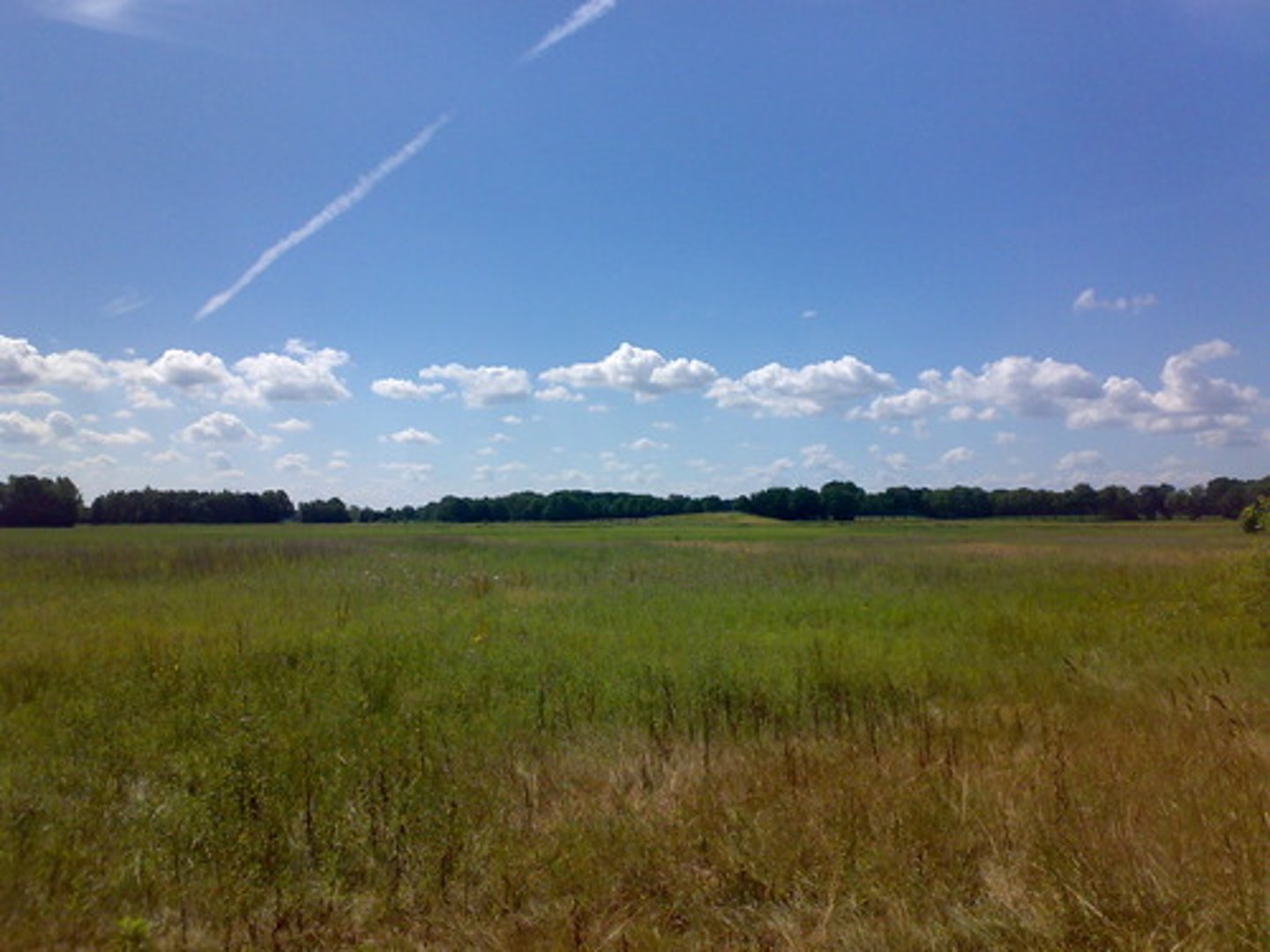
forest ecosystem
characterized by a closed canopy of trees
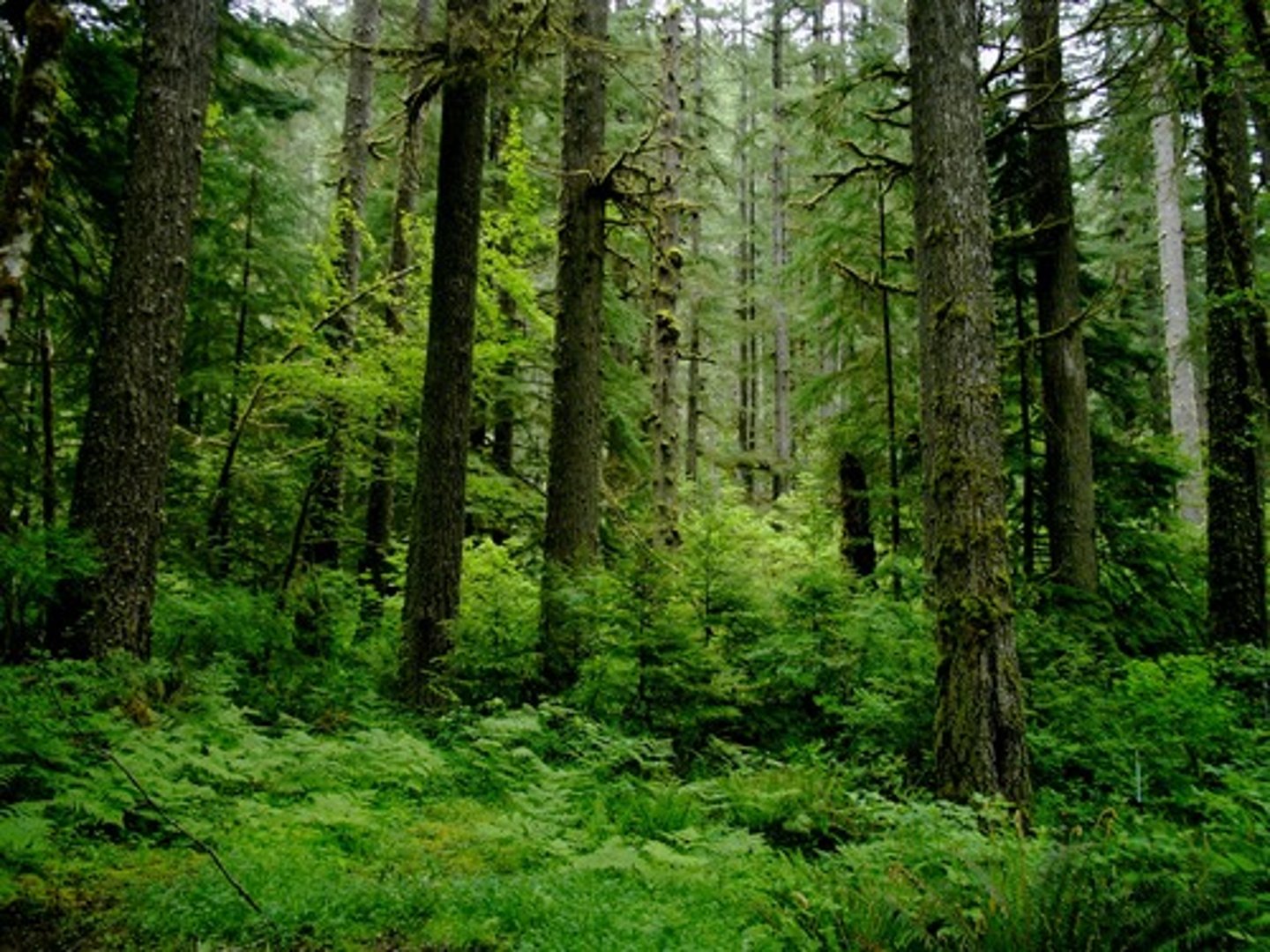
Woodland and savana ecosystems
characterized by the codominance of grasses and trees (or shrubs)
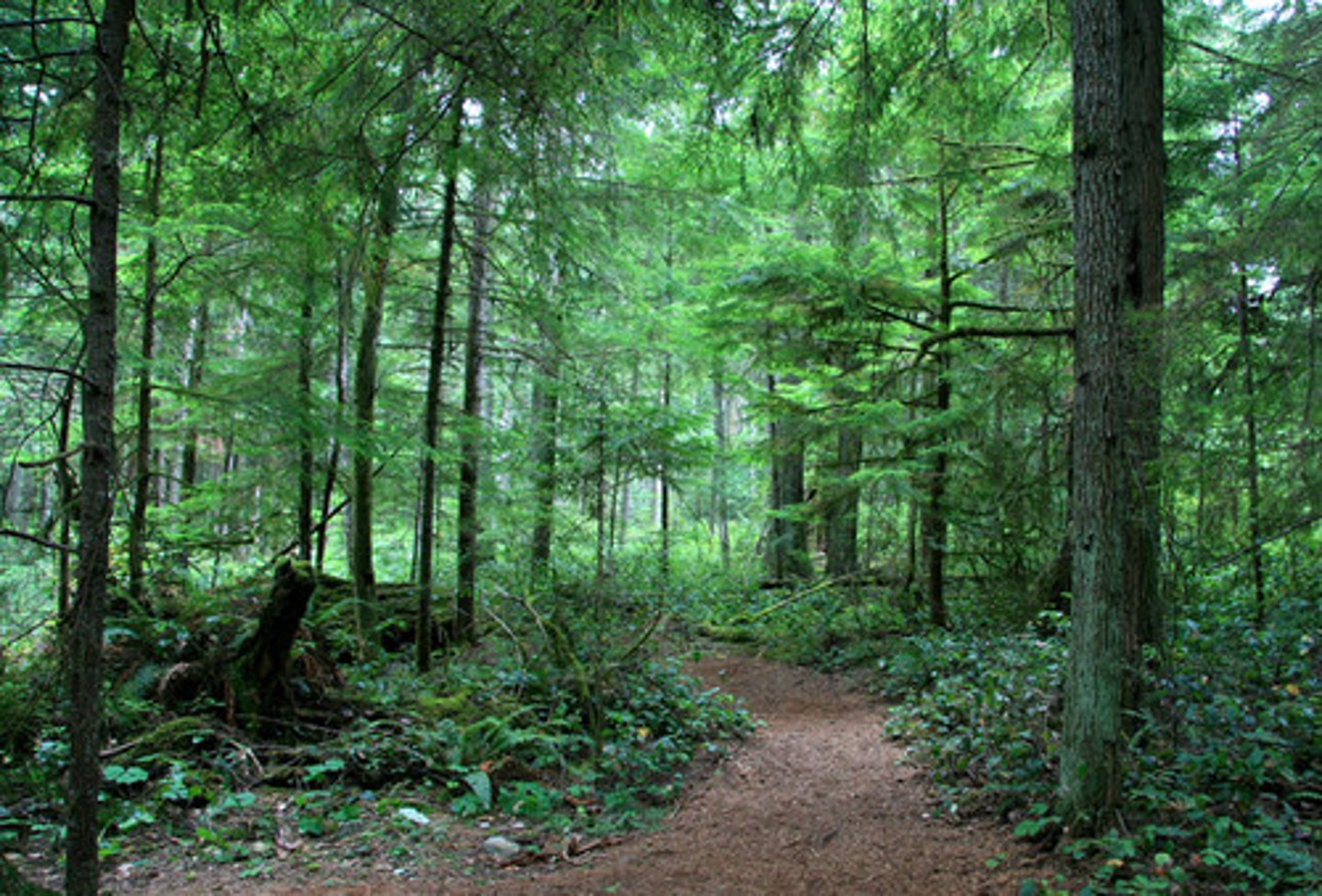
Shrubs ecosystems
are dominant form in shrublands
- grasses dominate in grasslands
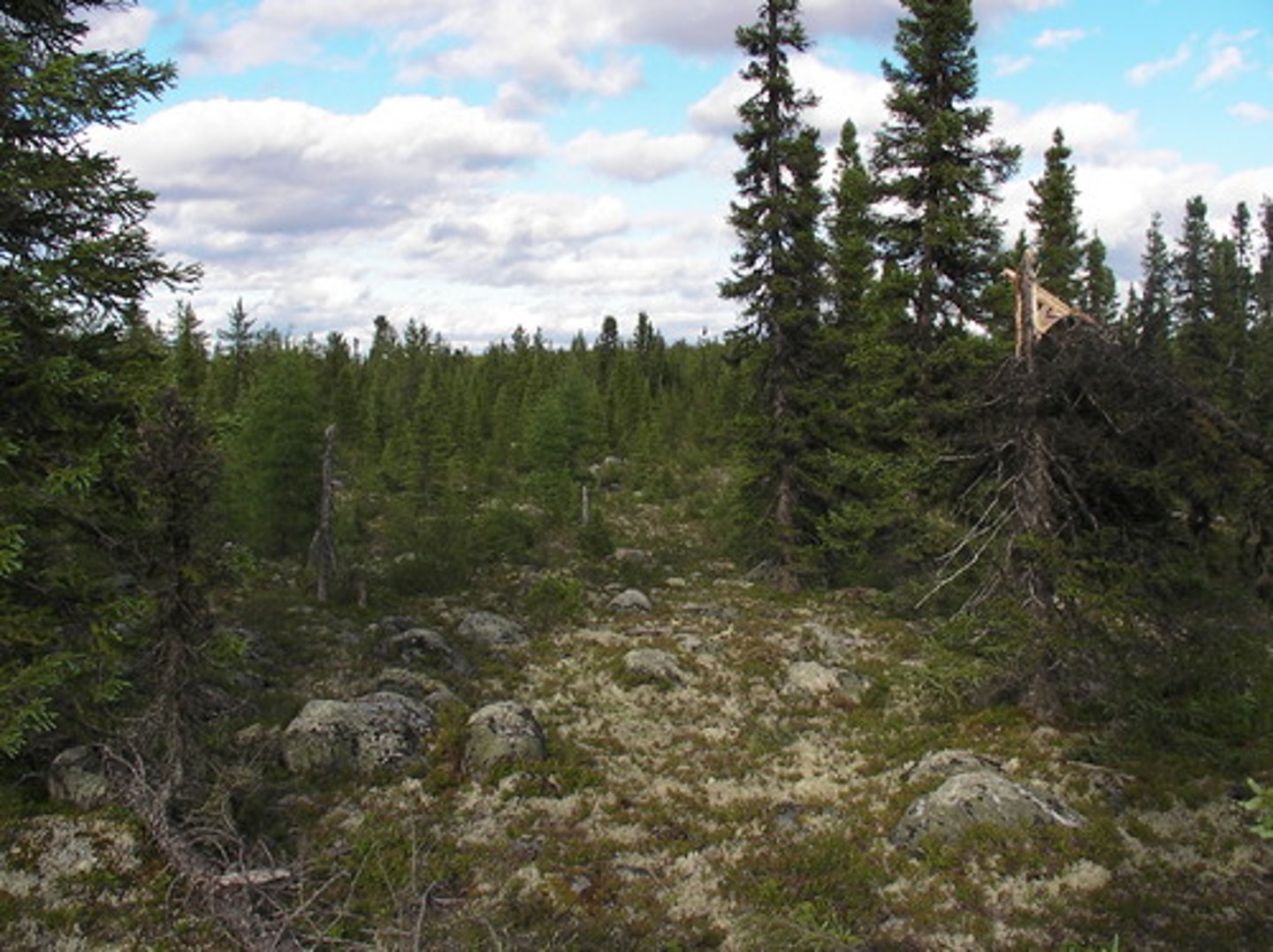
Desert Ecosystem
general category used to describe the scarcity of plant cover in some areas
- generally has little to no vegetation
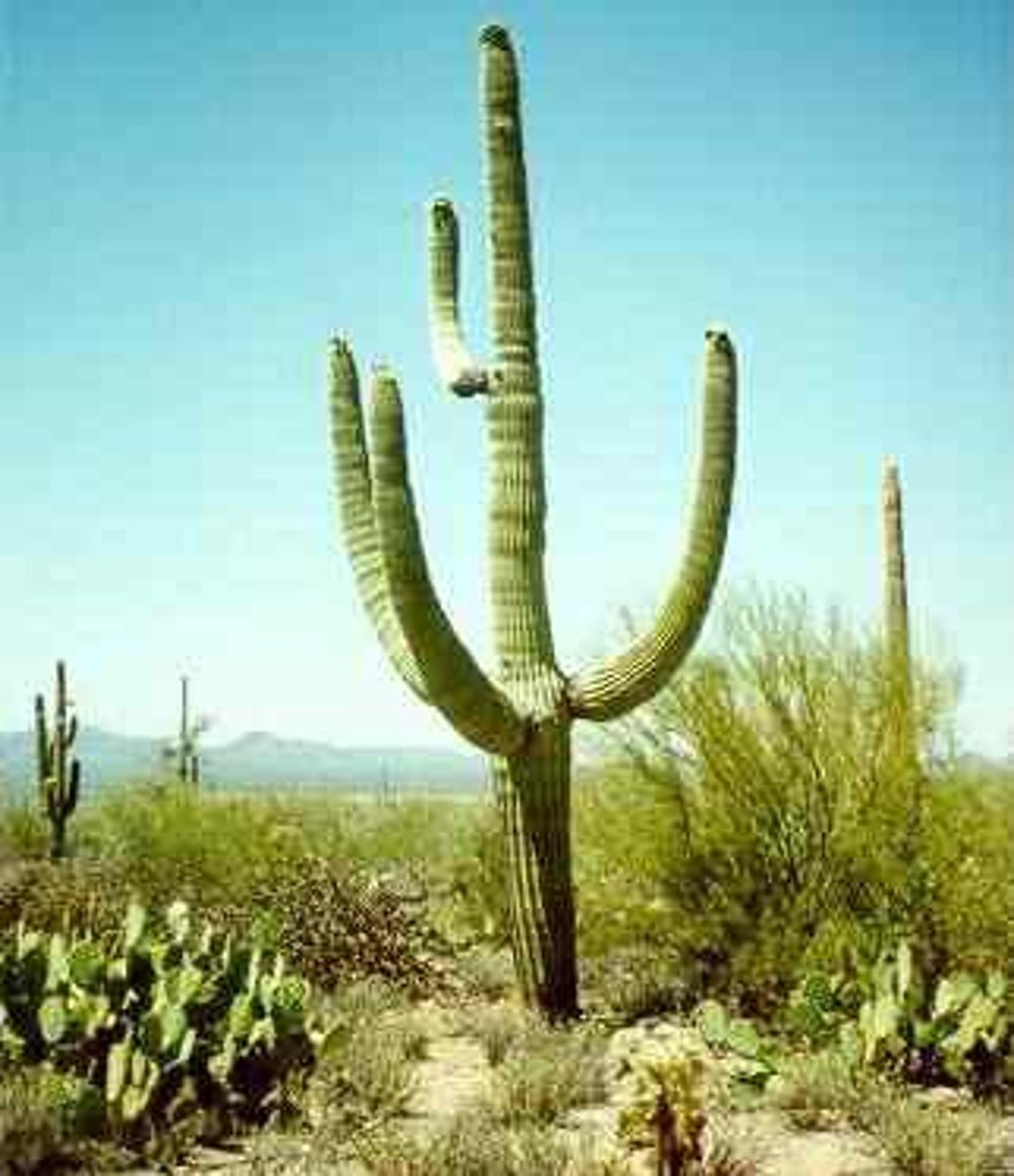
Biome types form in response to distinctive climate patterns based on?
- mean annual temperature
- mean annual precipitation
topography, soil type and disturbance exposure
can also influence the occurrence of a biome in a location
- boundaries between biomes are broad and can be indistinct
AVG annual temp vs AVG annual precipitation chart
determines which biome you are in
- is based on local factors
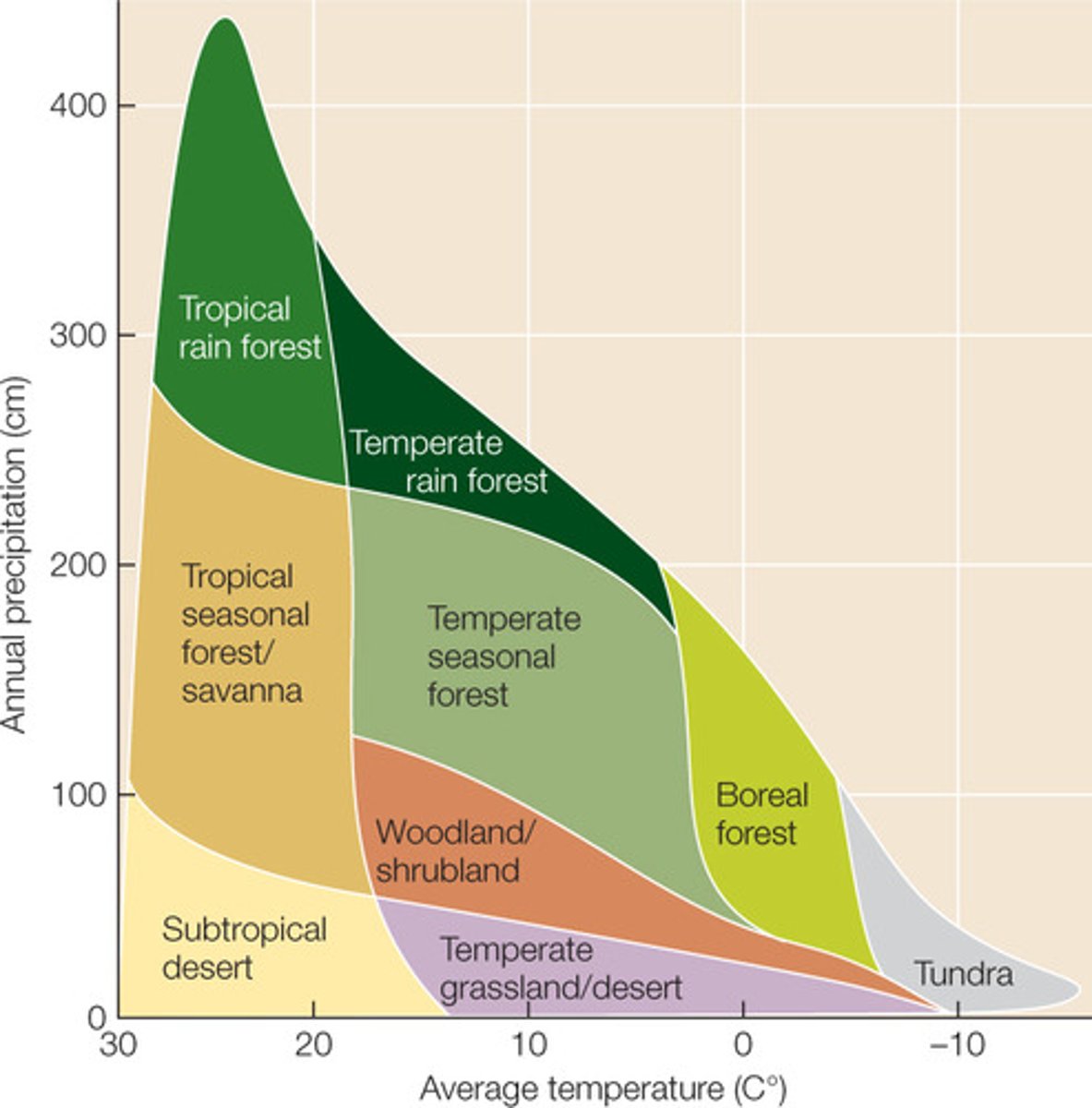
mean annual temperature
decrease from the equator to the poles, while seasonal variation in temperature increases
- this reflects the systematic latitudinal pattern of change in environmental conditions as a direct result of seasonal variation and solar radiation influx
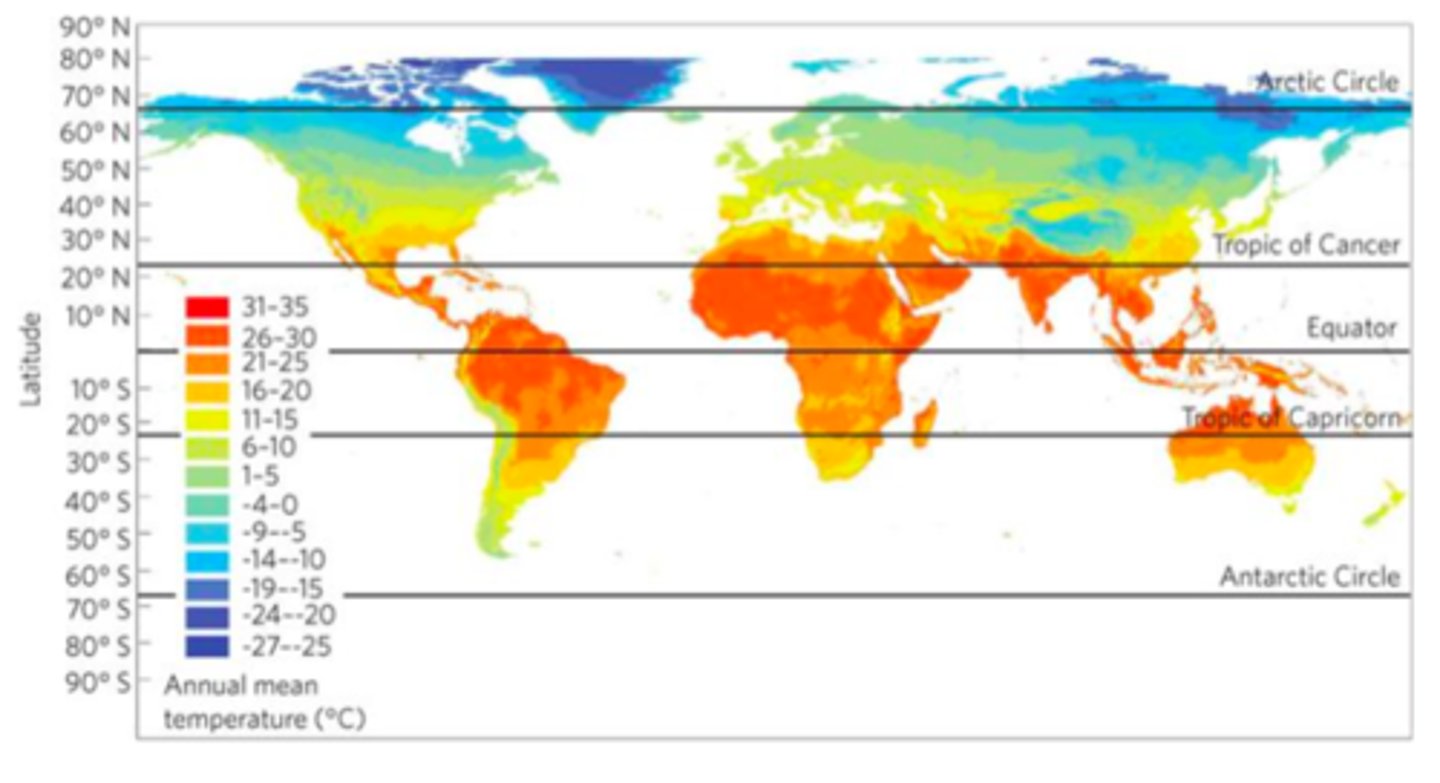
the classification of terrestrial biomes reflects the relative contribution of which plant life forms
- trees
- shrubs
- grasses
--------------------
- they each exhibit fundamentally different patterns of carbon allocation and morphology
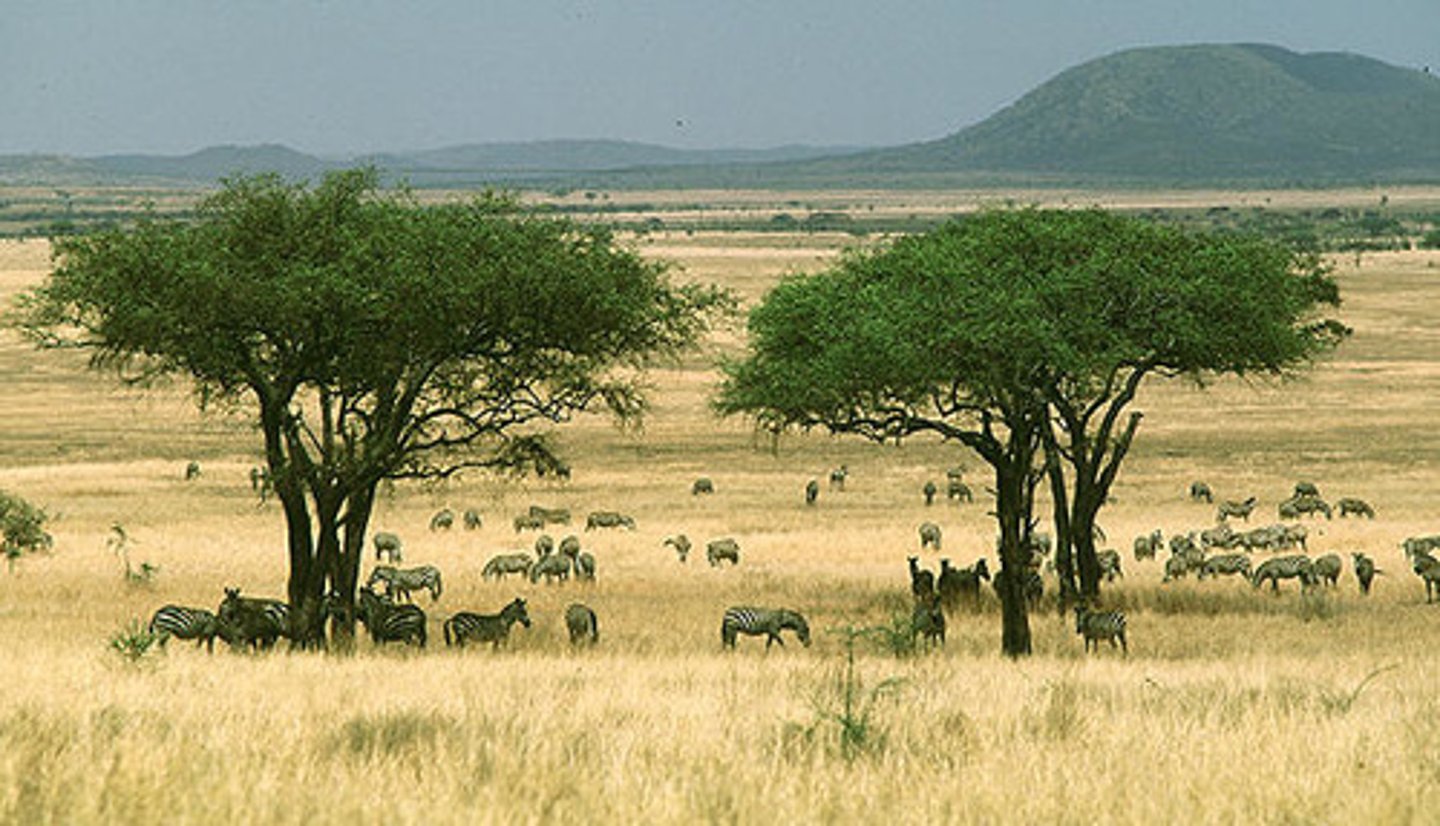
grasses
maintain a higher proportion of biomass in photosynthetic tissue (leaves) because little energy is required for support tissues (stems)
- are efficient in solar radiation
- doesn't make woody tissue
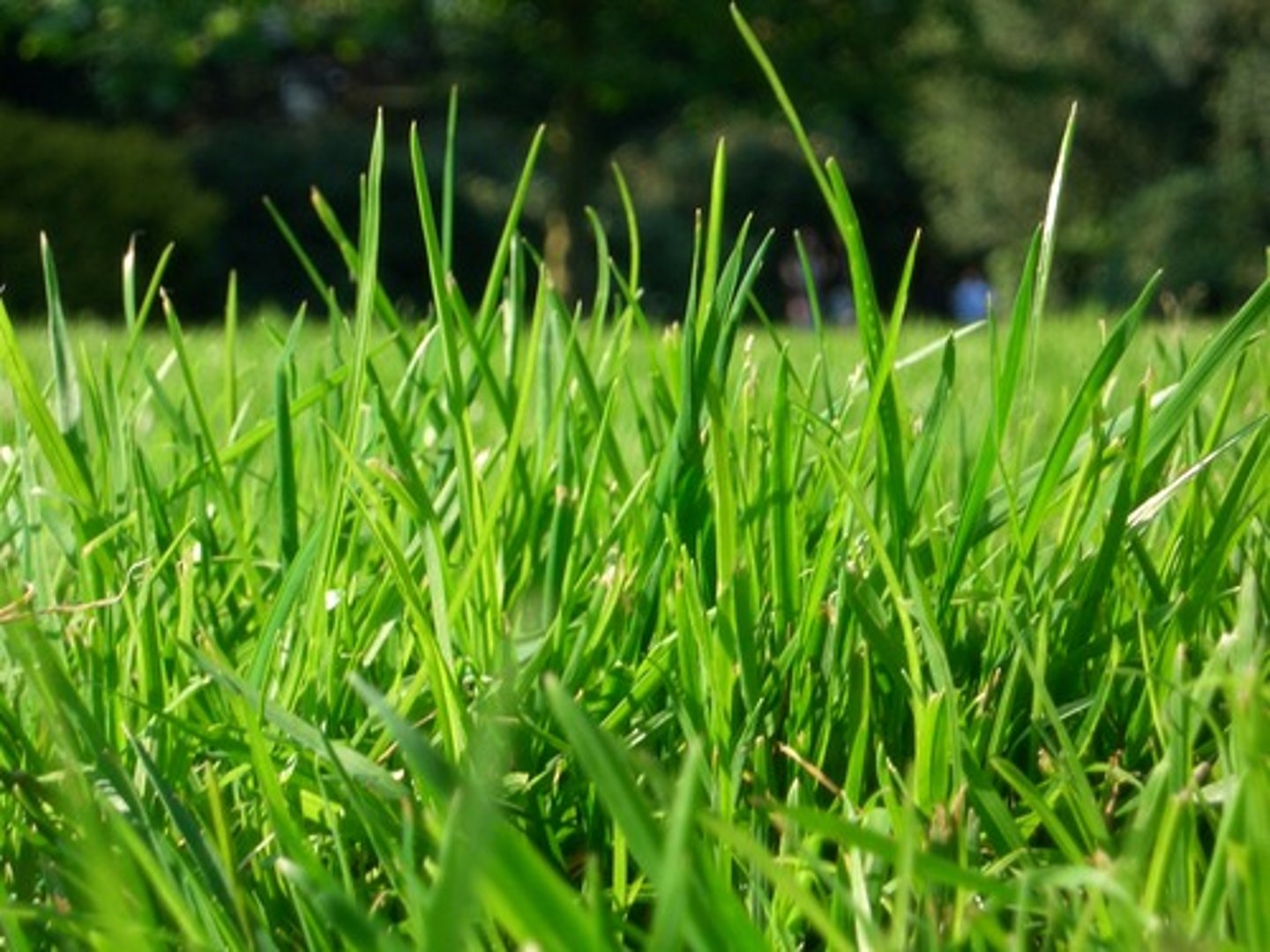
Shrubs and trees (woody pants)
- shrubs invest resources in stems and other supporting structures (but less than trees)
- its a net carbon loss
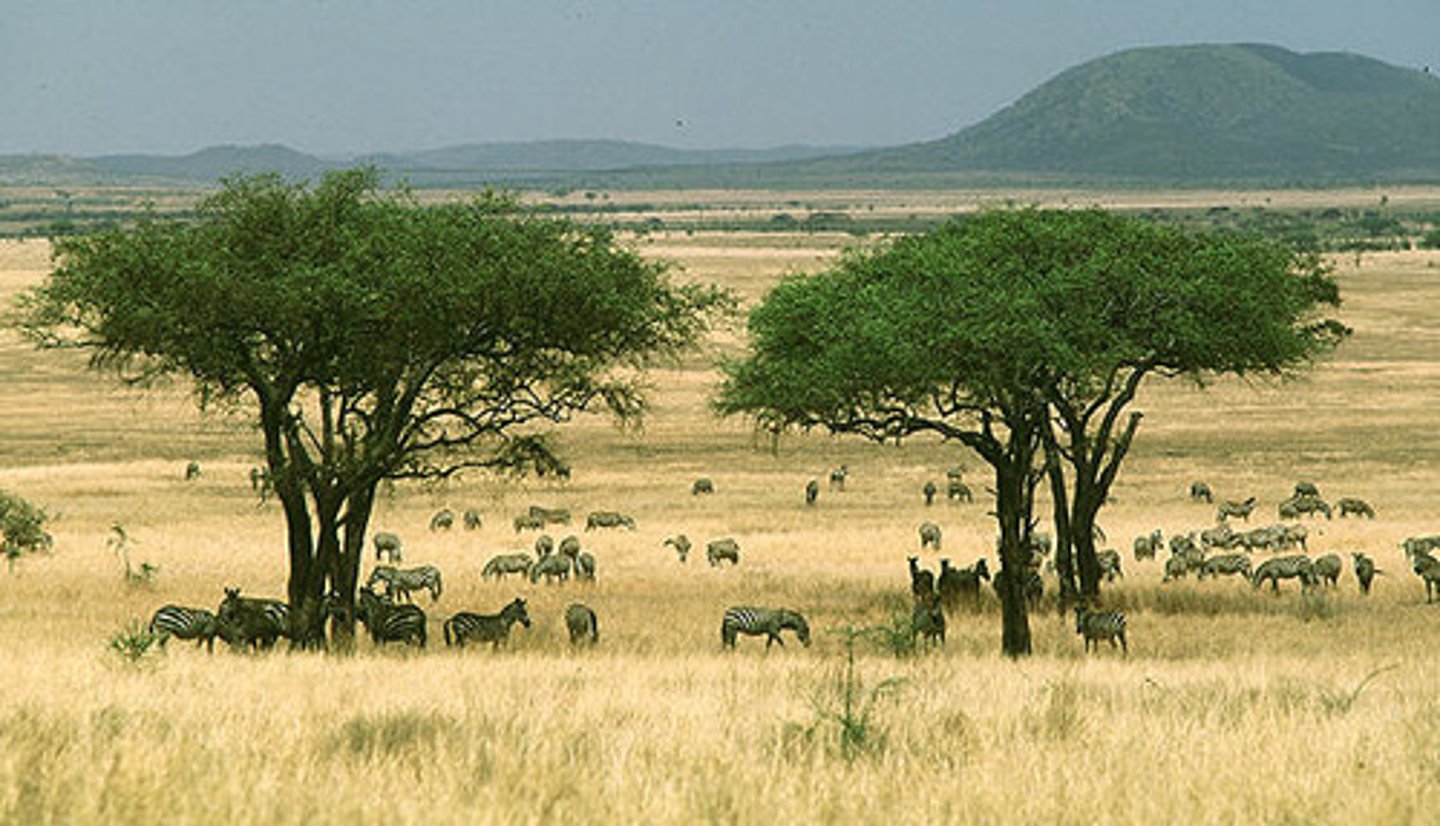
what are the pros of having woody tissue
- increased hight and access to light
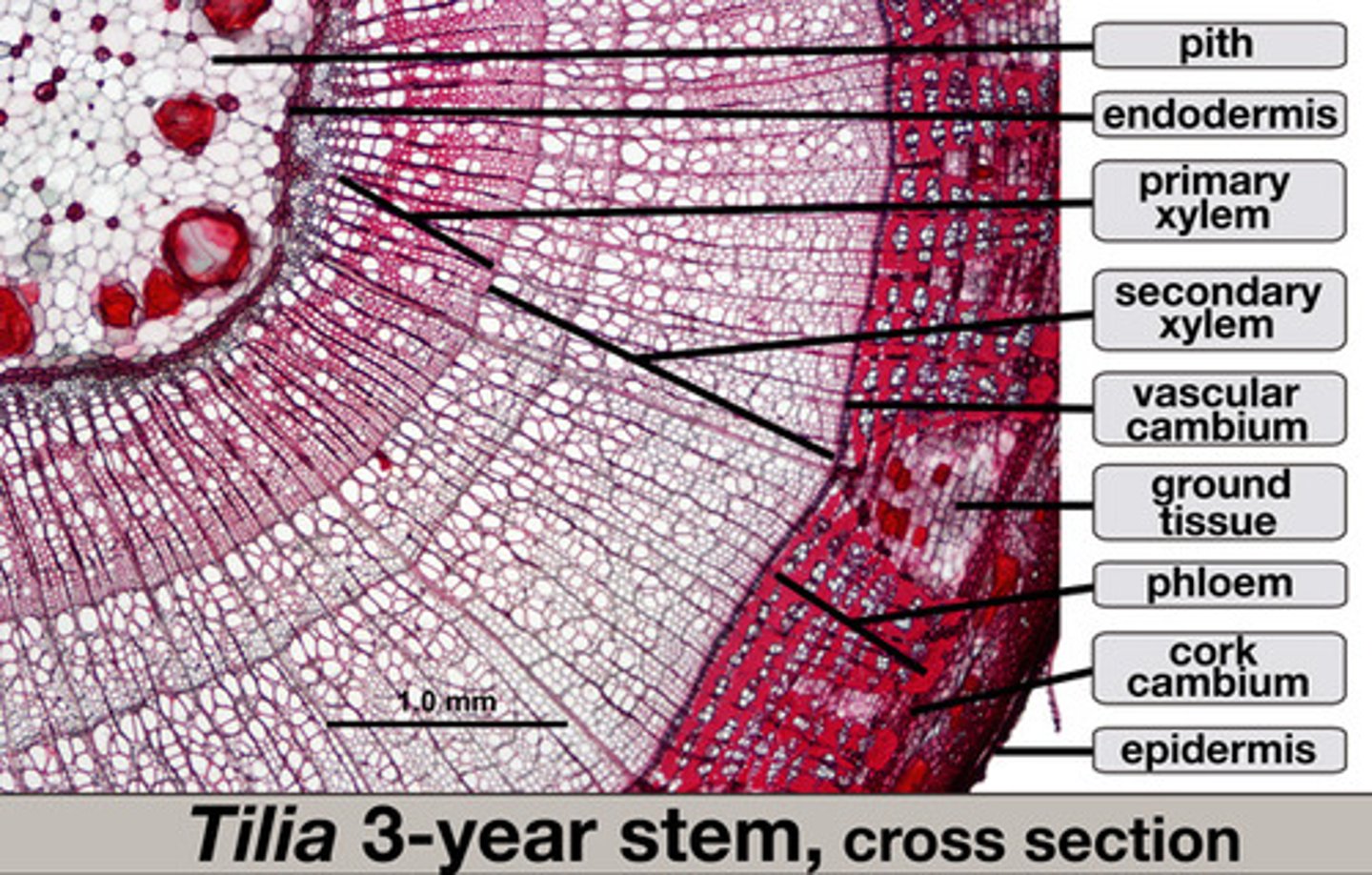
what are the cons of having woody tissue
- there is an associated cost of maintenance and respiration
- as environmental conditions are less favorable for photosynthesis, trees decline in height and density
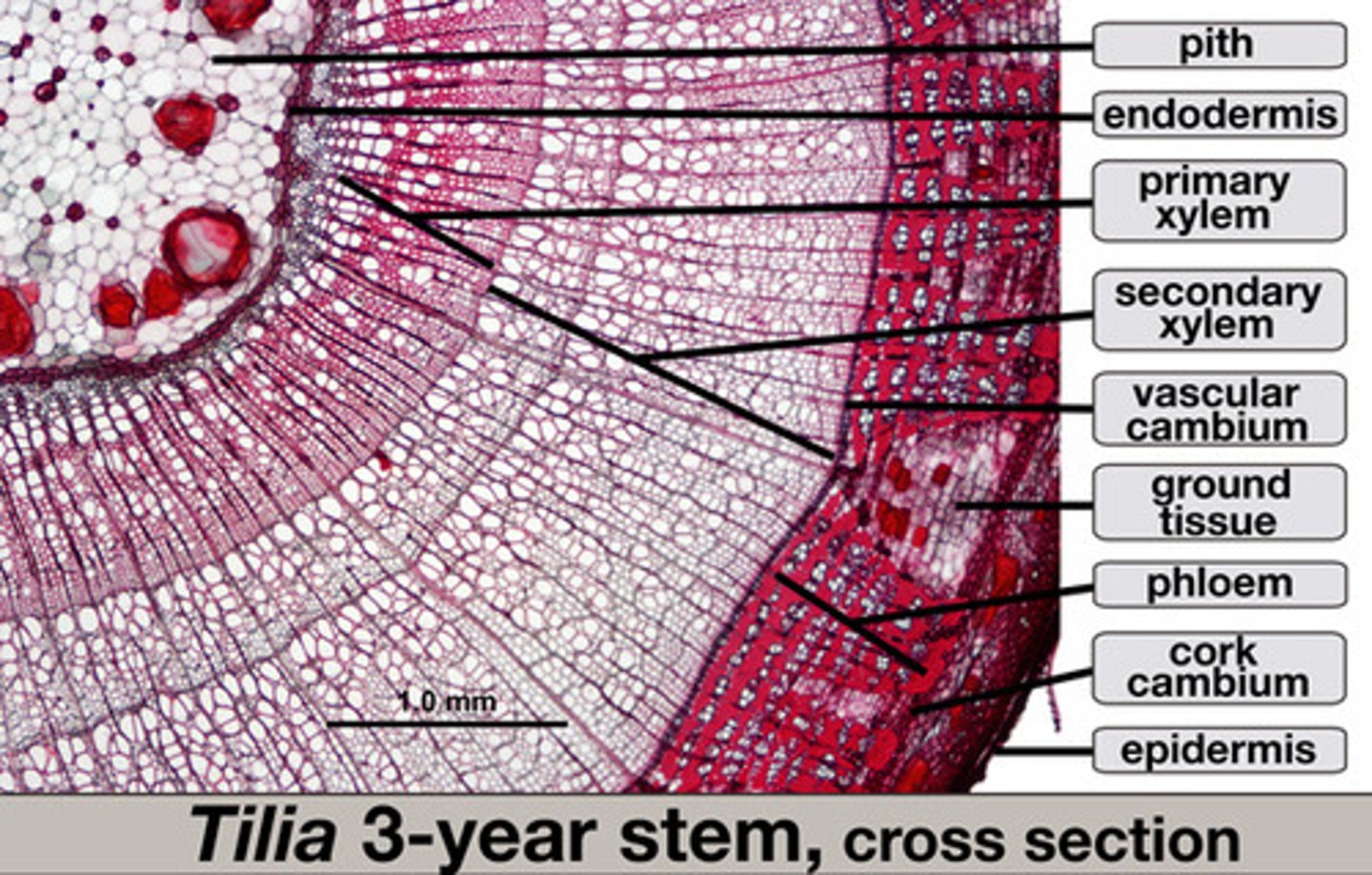
Leaf form
plant characteristic used to further classify forest and woodland ecosystems
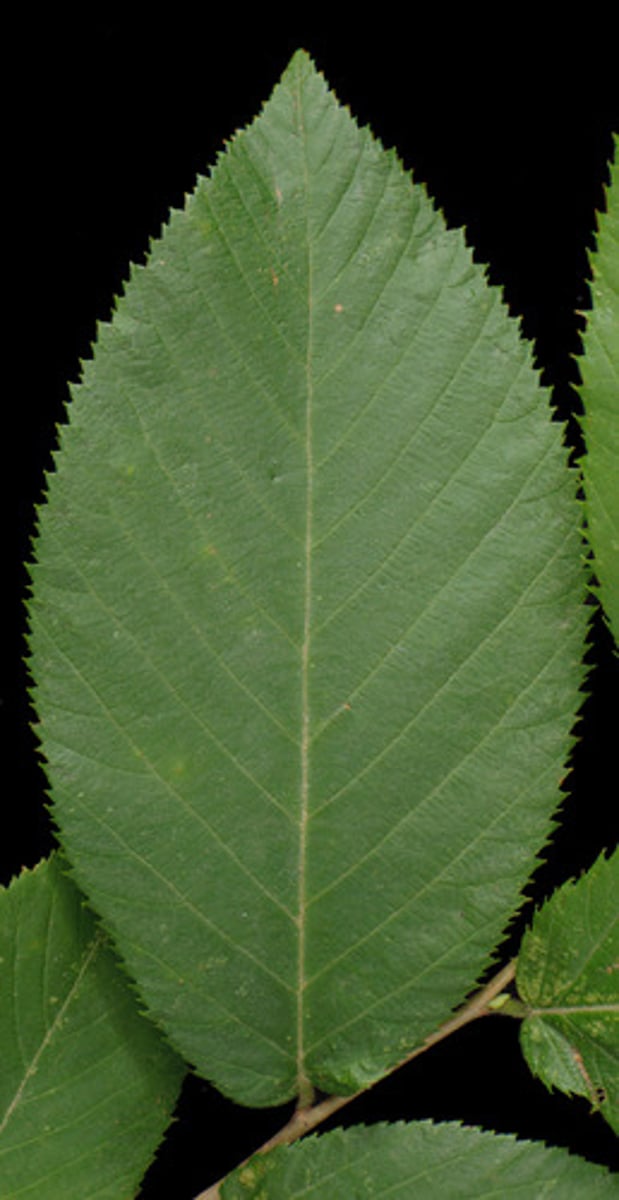
leaf longevity
plants adapted to nutrient poor soils tend to have greater leaf longevity
-----------------
EXAMPLE:
- deciduous
- winter deciduous
- drought
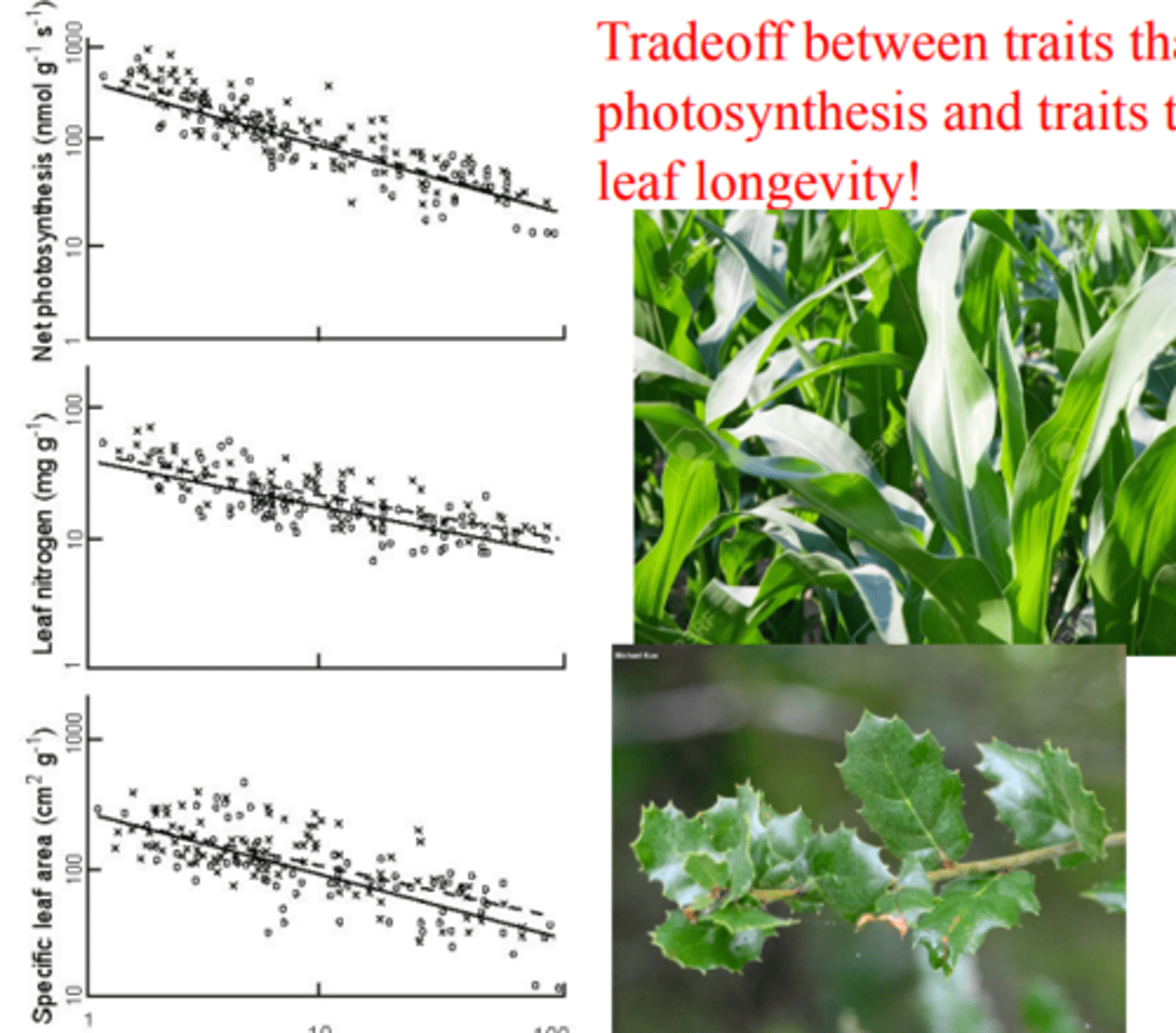
deciduous (leaf longevity)
leaves live for only a single year or growing season
- are shed at the end of a growing season and regrown at the beginning of the next (annual cycle)
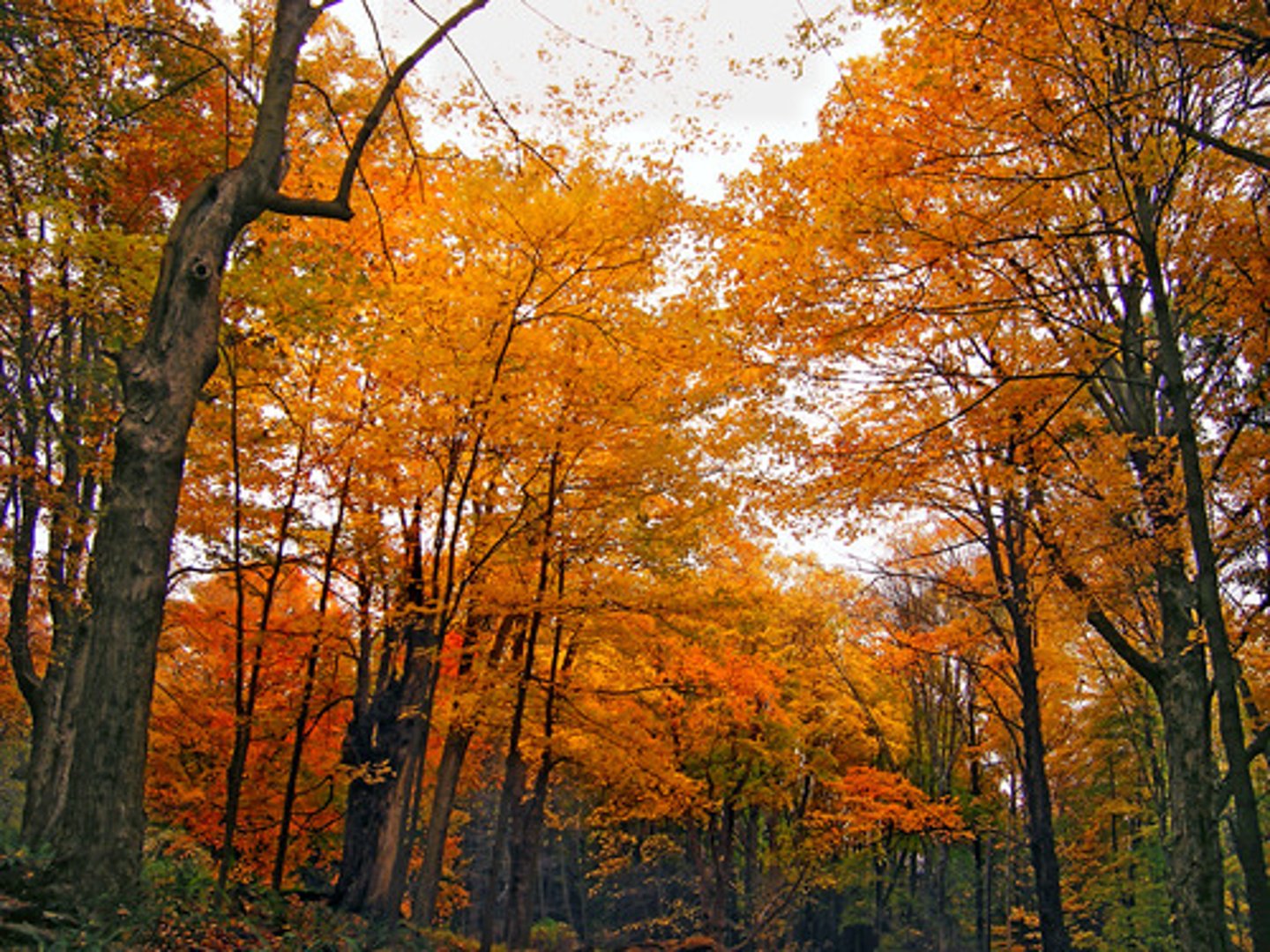
winter deciduous (leaf longevity)
leaves are lost in response to low temperatures
- seen in temperate regions
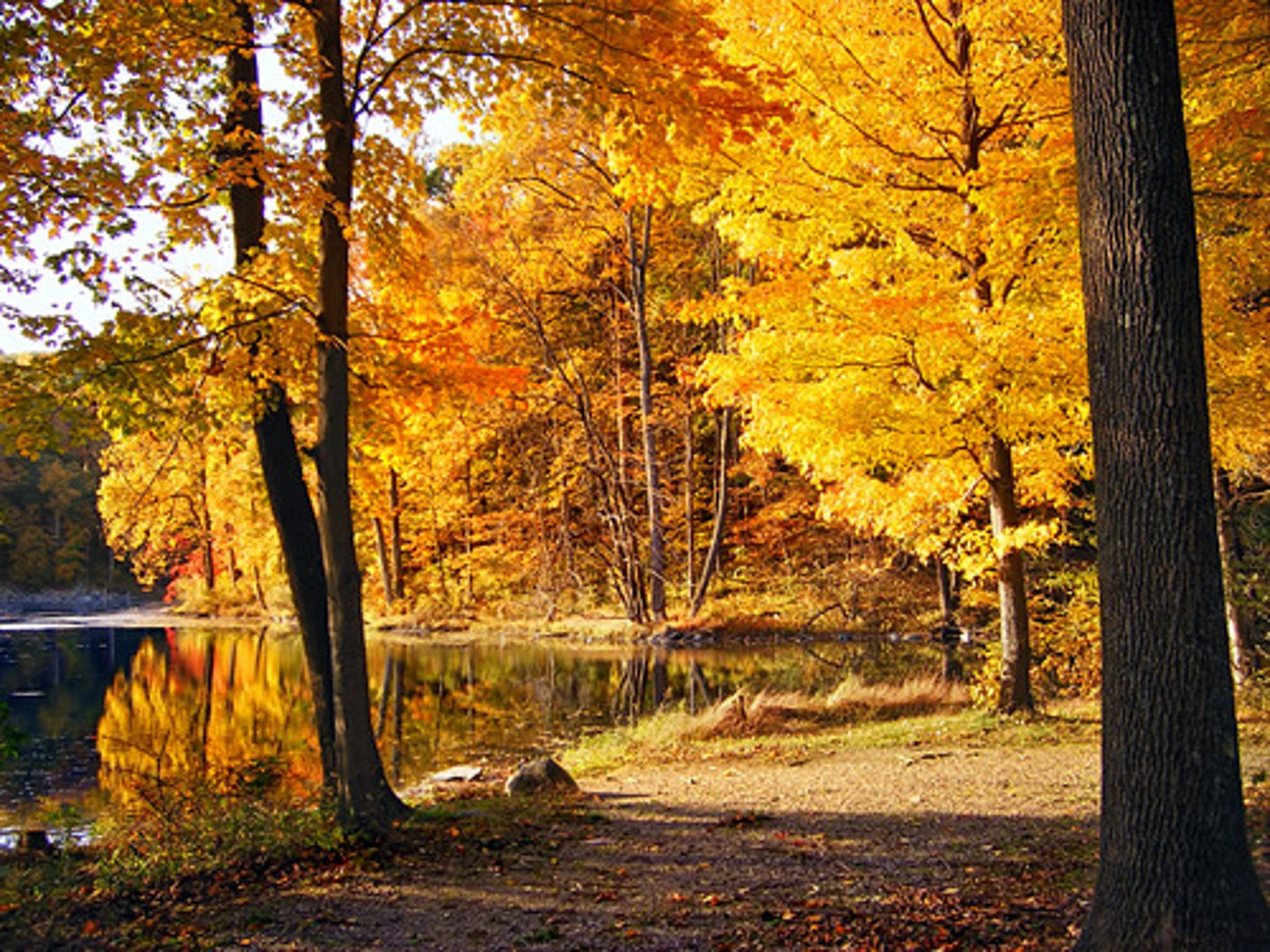
drought (leaf longevity)
- deciduous leaves are lost in response to dry conditions
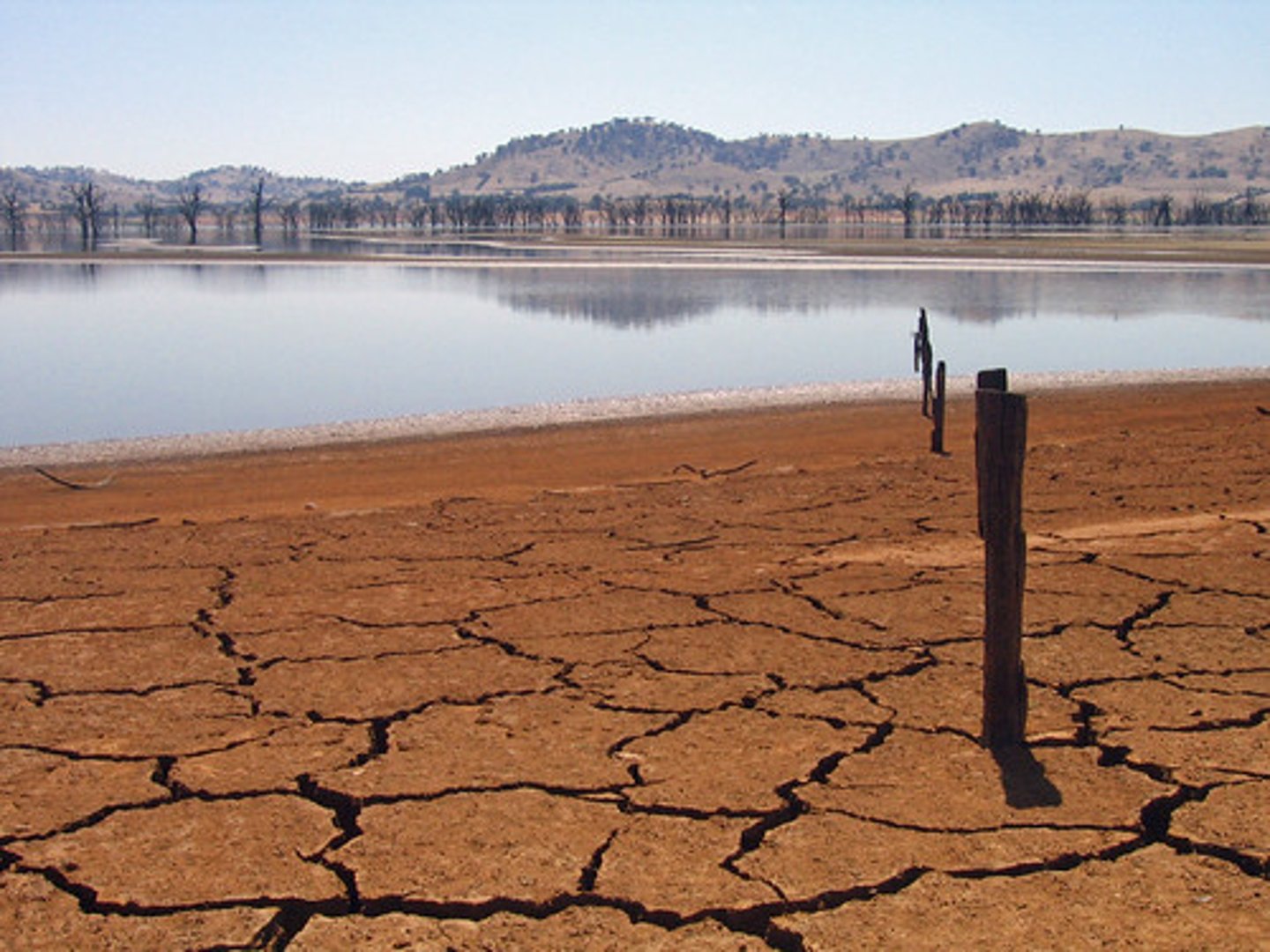
evergreen (leaf longevity)
leaves live beyond a year
+365 days
-----------------
TYPES OF EVERGREEN
- broadlead evergreen leaf
- needle-leaf evergreen leaf
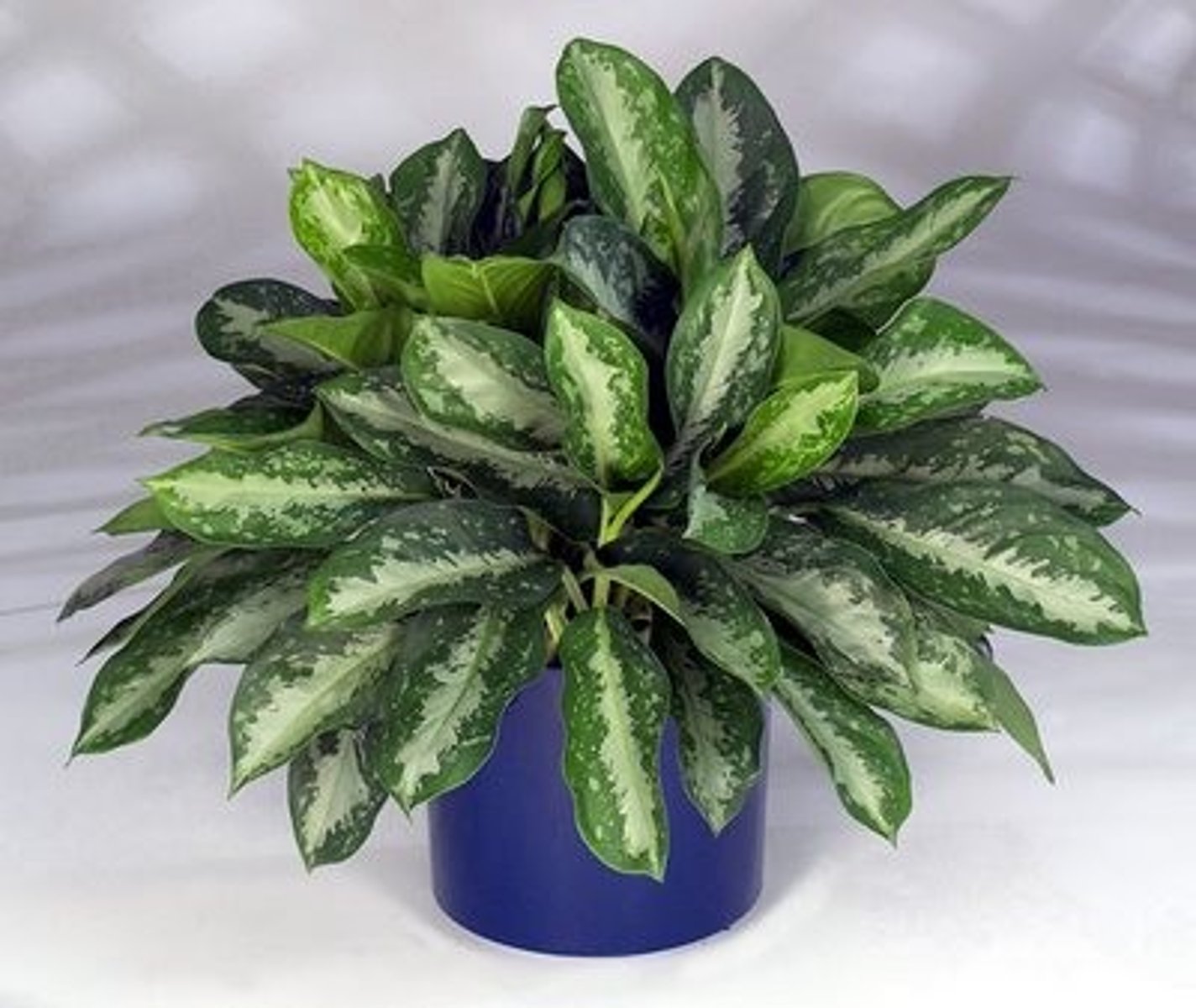
boradleaf evergreen leaf
chracteristic of environments:
- with no distinct growing seasion
- growth continues year-round
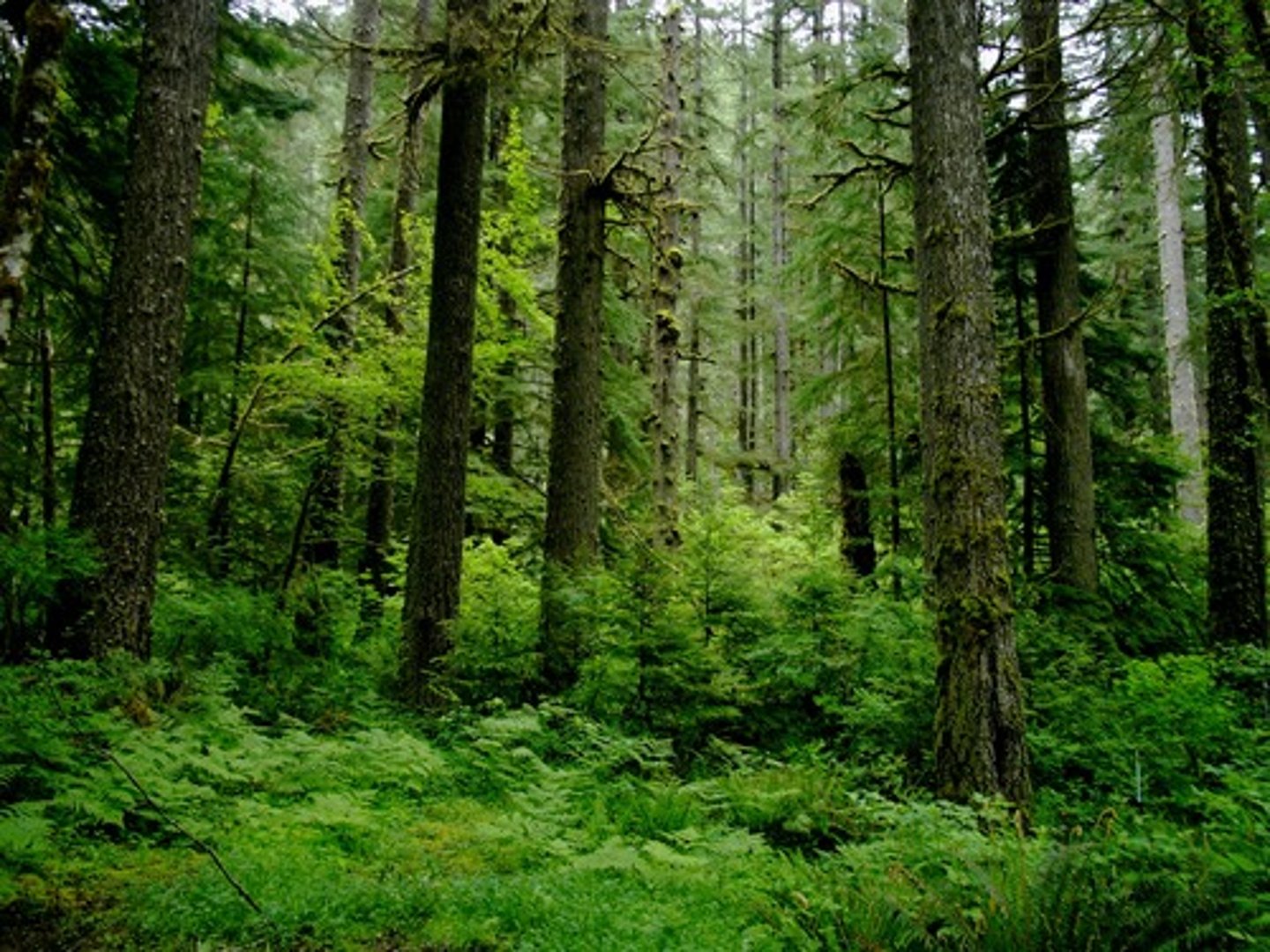
needle-leaf evergreen
characteristic of environments:
- growing season is very short (due to higher latitudes)
- nutrient availability severely constrains photosynthesis and plant growth
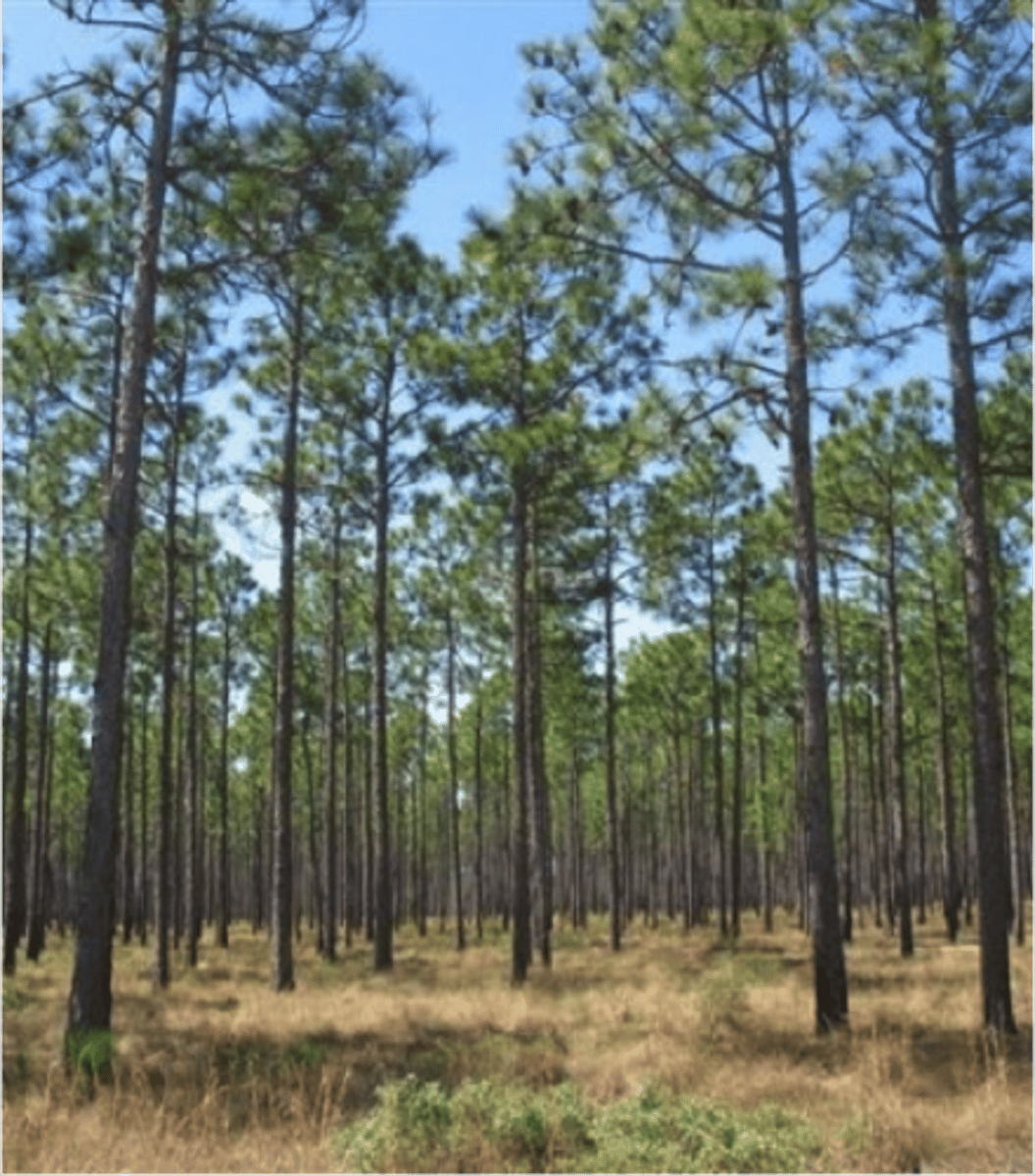
Types of Evergreens
- live oak, holly
- conifers (pine,spruce,etc)
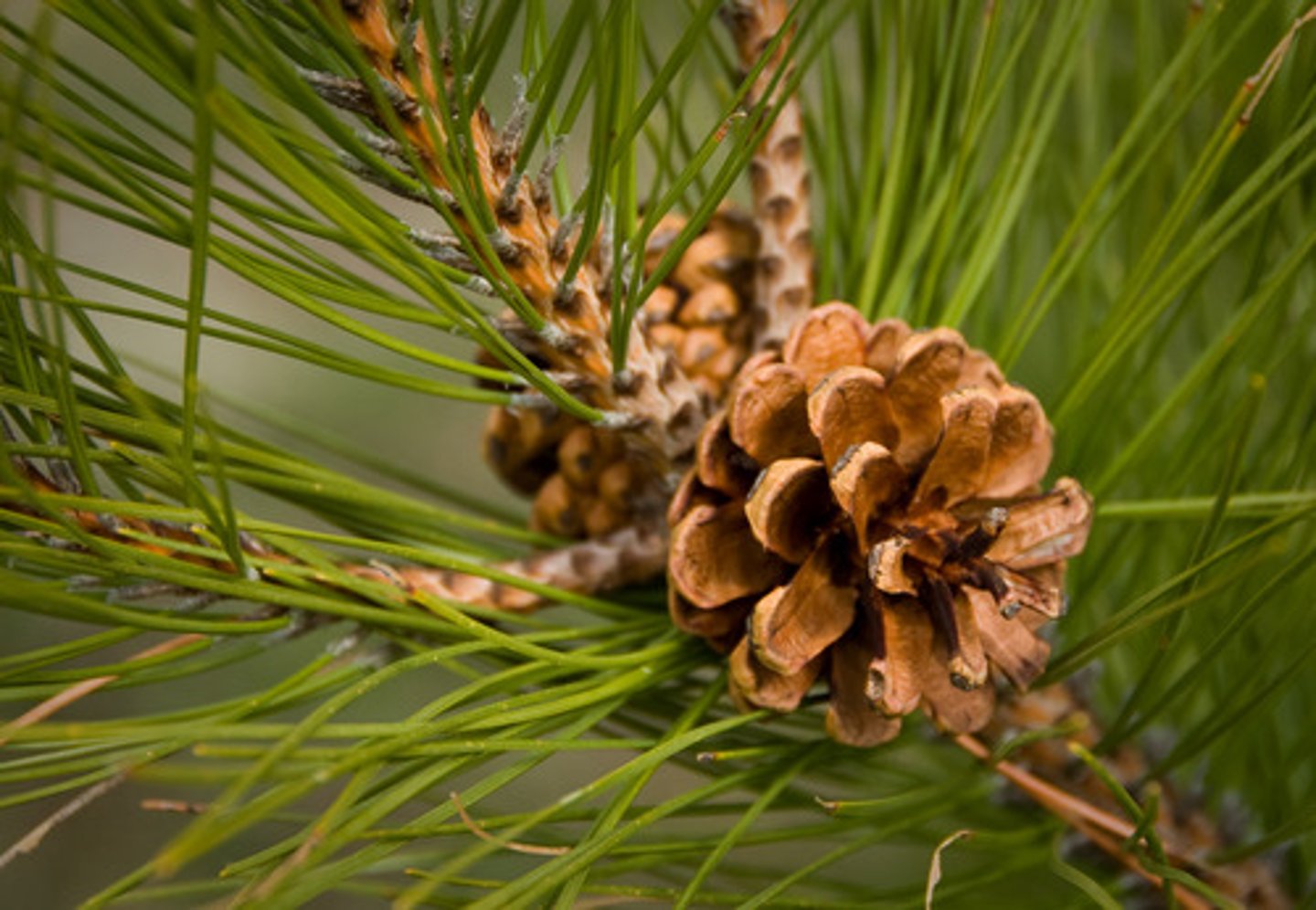
Production of a leaf...
has a cost to the plant that can be defined in terms of the carbon and other nutrients required to construct the leaf
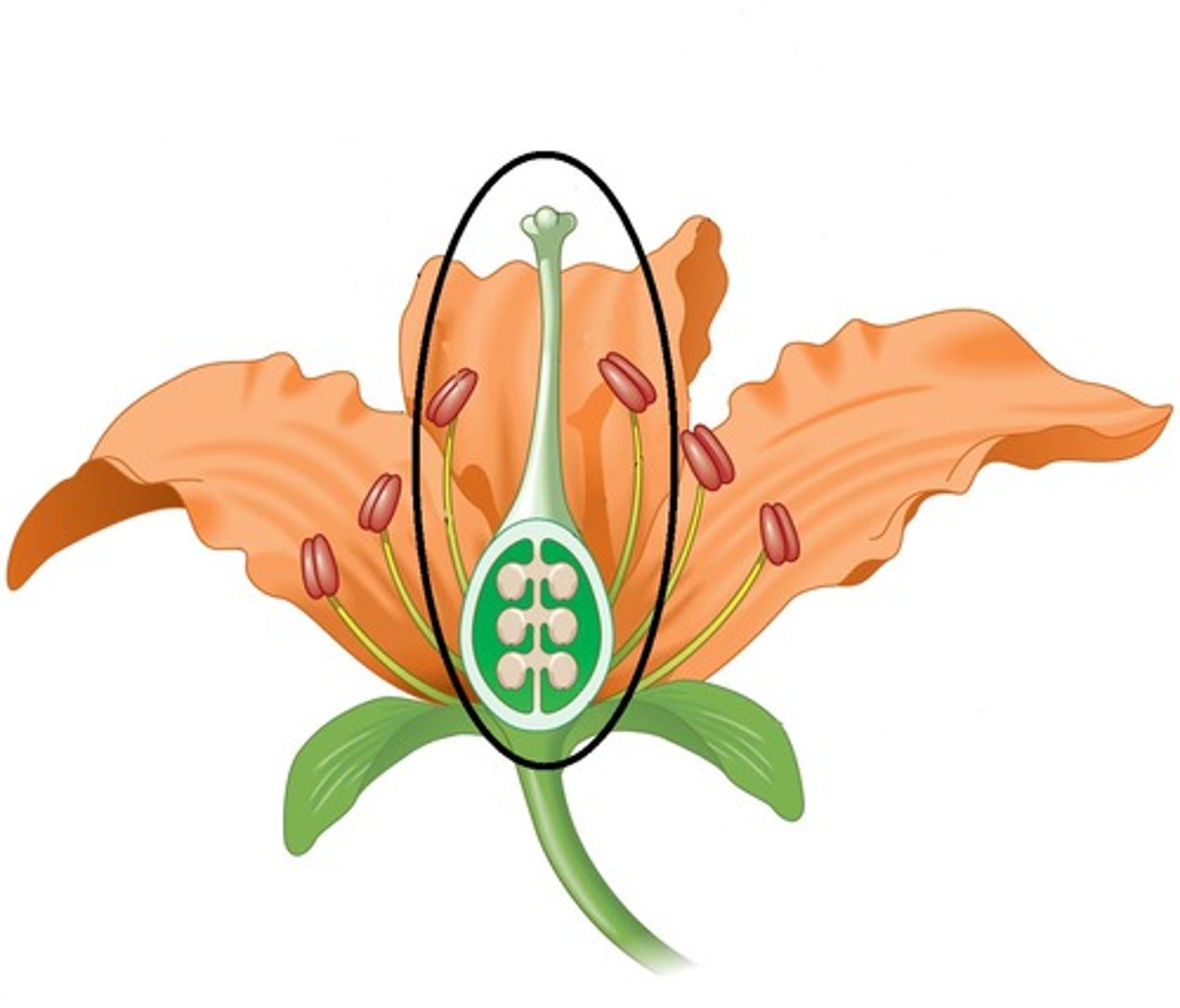
Time required to pay back...
the cost of productuion is a function of the rate of net photosynthesis (carbon gain)
-----------------
- low rates of net photosynthesis = longer pay back time
if payback cost is > than single growing season
- the plant cannot "afford" to have deciduous leaves
- the needle-leaf evergreen is a plant adapted for survival in an environment with a distinct growing seasion
Distinct growing seasons
- the plant has a limited ability to produce enough carbon during a single growing season to produce new leaves each year so keeps its leaves for multiple growing seasons.
Plant life-forms and leaf types...
combine with large-scale climate patterns to determine the distribution of biome types relative to temperature and precipitation
High to low temperature (increasing from the equator)
- Broadleaf evergreen trees (wet tropics)
- Winter-deciduous trees (temperate forests)
- Needle-leaf evergreen trees (conifer forest or taiga)
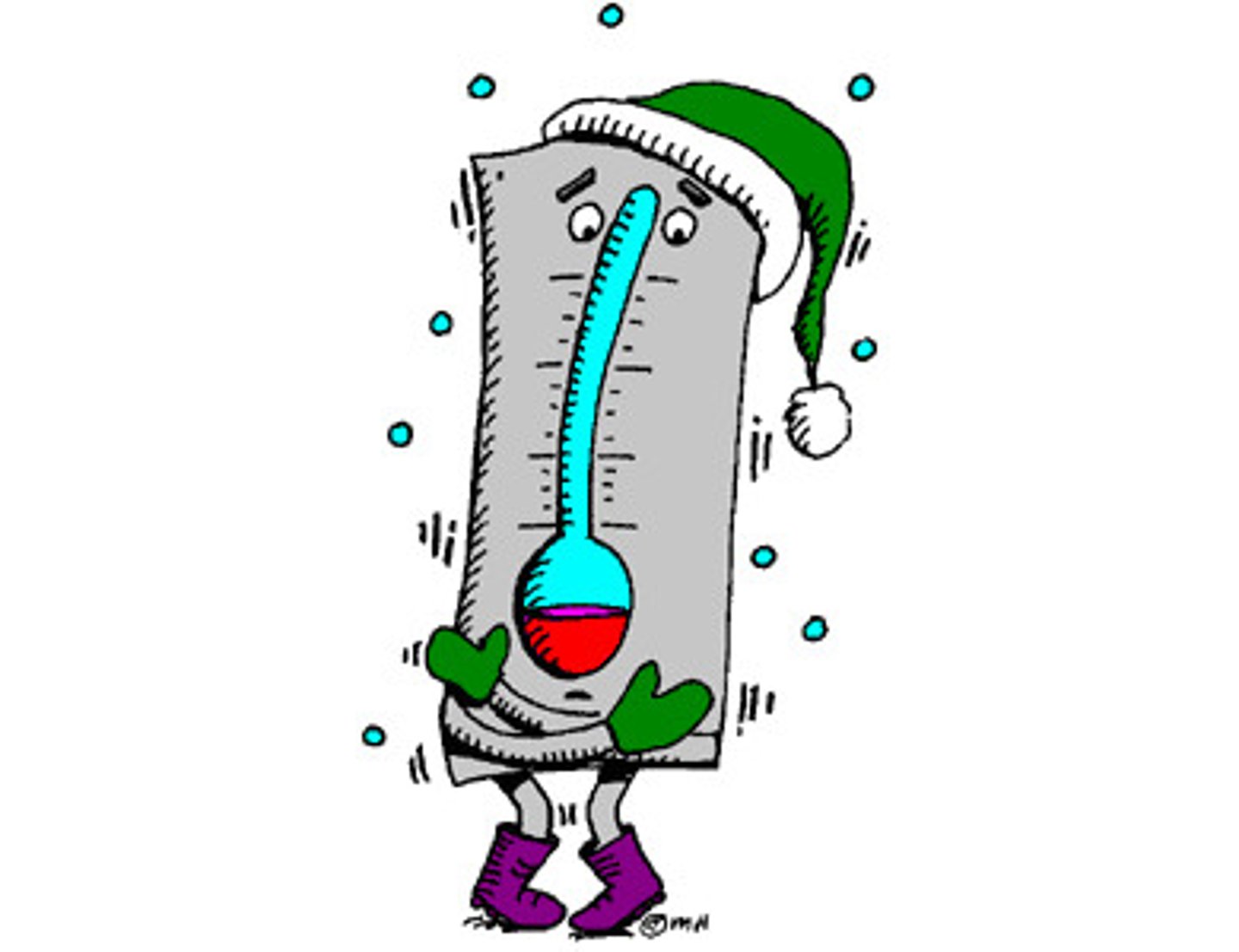
Winter-deciduous trees (temperate forests)
- areas with low precipitation cannot support trees
- develop into grasslands (prairies)
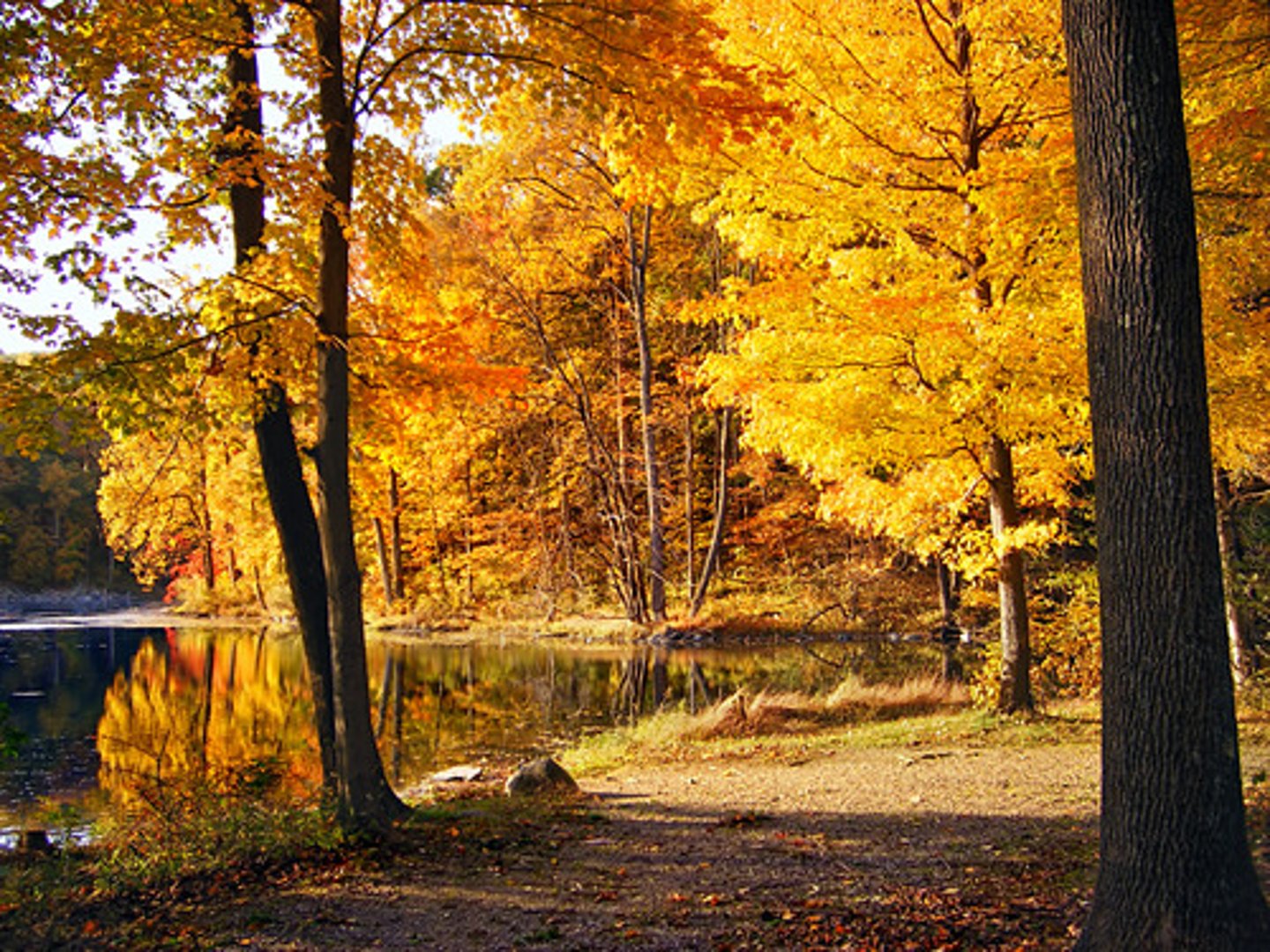
Needle-leaf evergreen trees (conifer forest or taiga)
- trees can no longer be supported, giving rise to tundra
- shorter growing season and greater temperature extremes
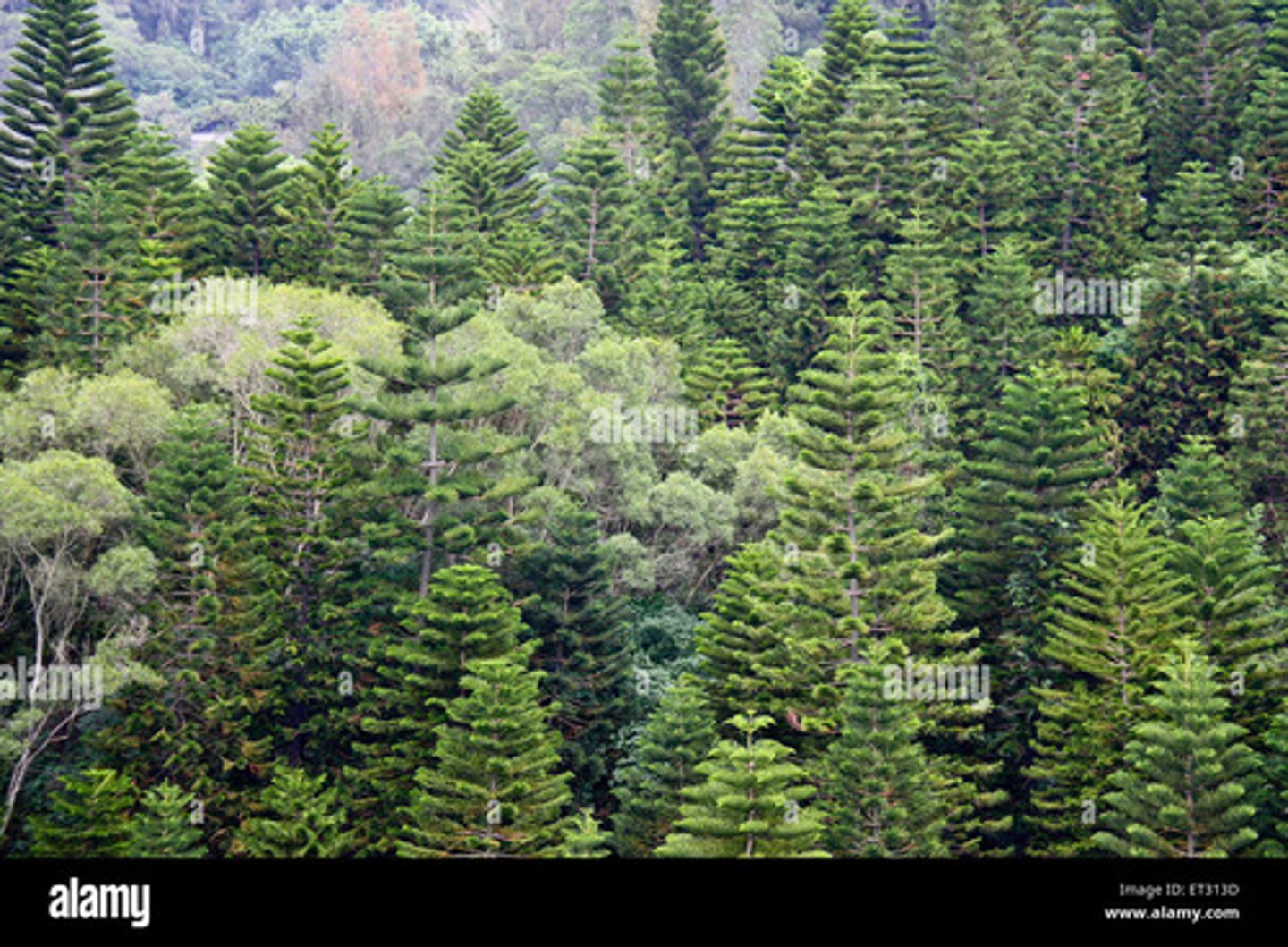
Going from high to low precipitation
Broadleaf evergreen trees (tropical and subtropical rain forest) - no distinct seasonality
------------------
Drought-deciduous trees (seasonal tropical forests) - distinct dry season
------------------
Stature and density of trees decline, giving rise to woodlands and savannas as conditions become drier
------------------
Trees can no longer be supported, giving rise to arid shrublands and desert
distribution of terrestrial ecosystems is influenced by?
- mean annual temperature and precipitation
- seasonality of temperature and precipitation
- topography (mountains and valleys)
climate diagram
describes the local climate at representative locations around the world
- can be used to compare and contrast the climate at different locations around the world
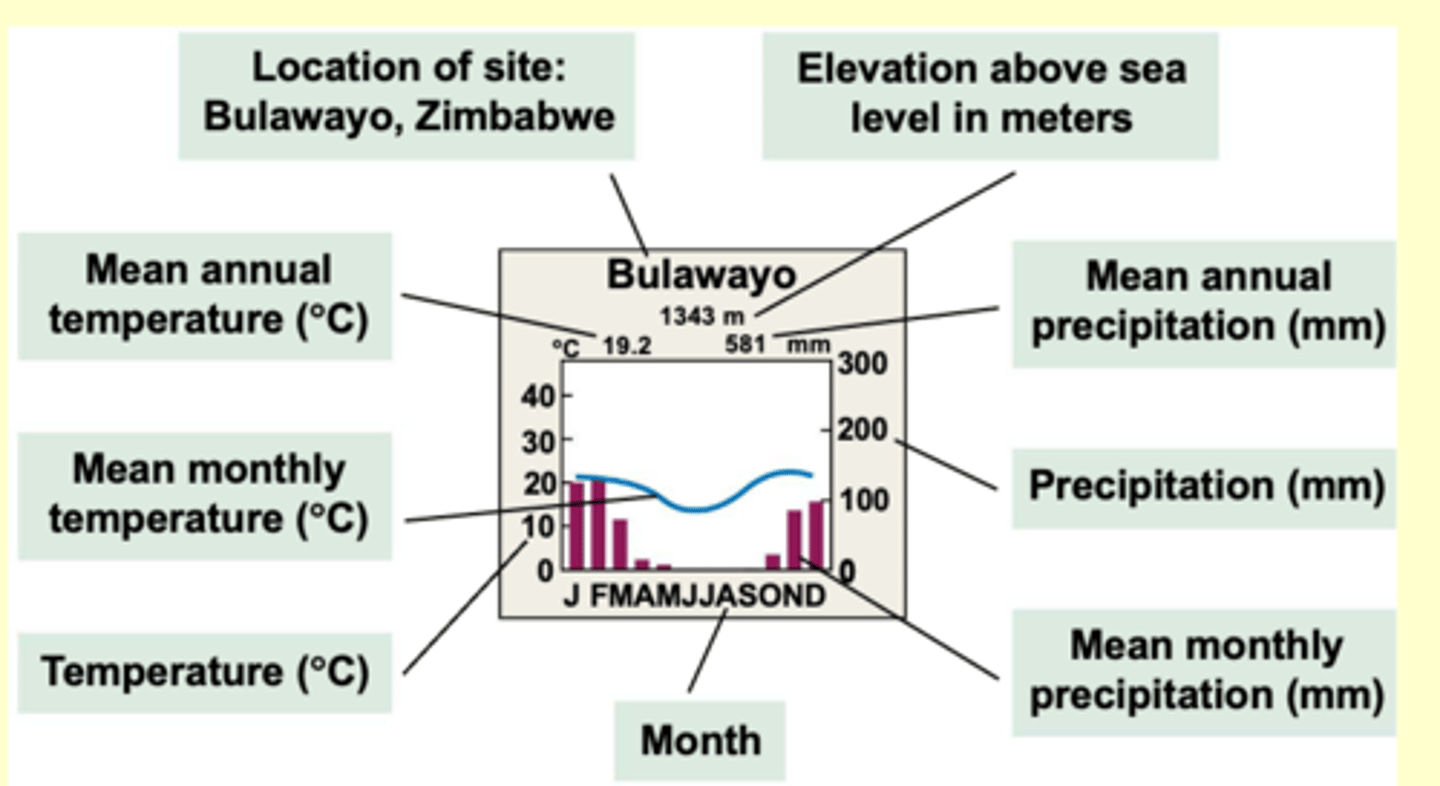
Human impacts (forest usage)
- Forests cover about 35% of Earth's surface.
- Provide many resources for humans, including fuel, building materials, and food.
- More than 90% of global forest resources are harvested from native forests.
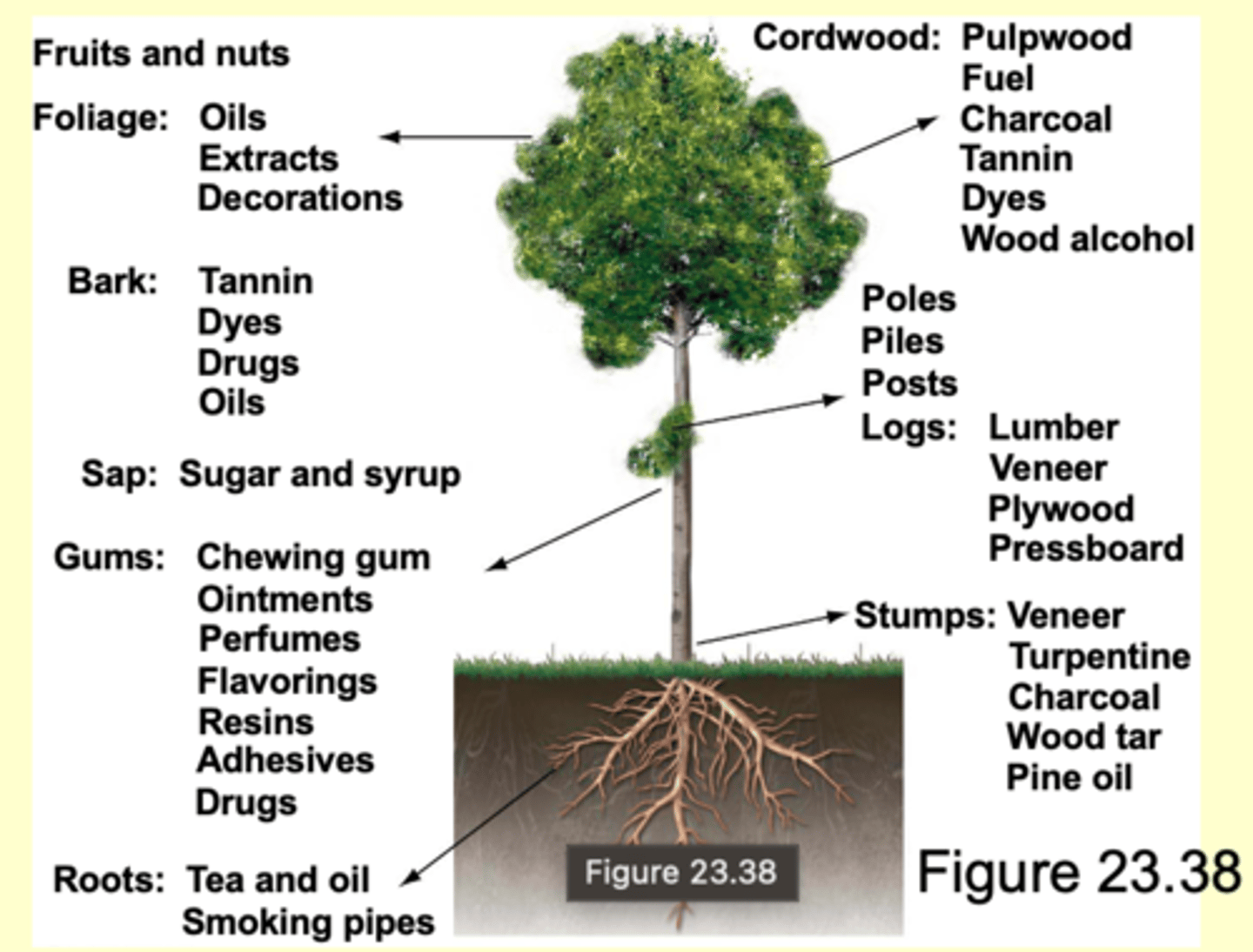
causes and timing of forest loss
are different for different regions and forest types
human activities that have affected forests include
- agriculture
- animal production
- harvesting for timber
- harvesting for fuel
- population expansion
what does sustainable production of forest resources require?
requires a balance between net growth and harvest
foresters use an array of techniques to reach this goal including...
- clear cutting
- seed-tree
- selection cutting
clear cutting
removal of all trees
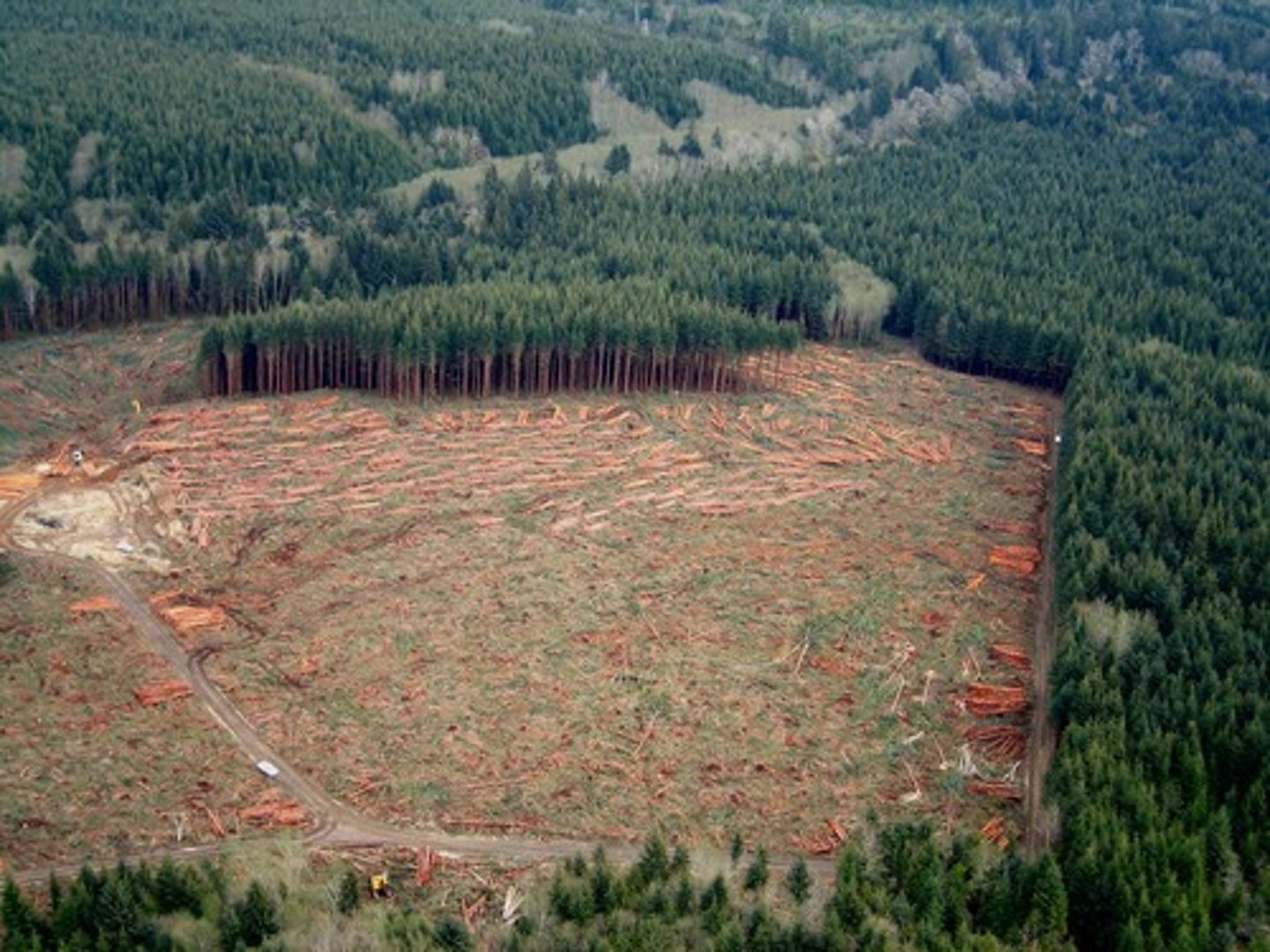
seed-tree cutting (shelterwood)
removal of all trees except seed-bearing trees
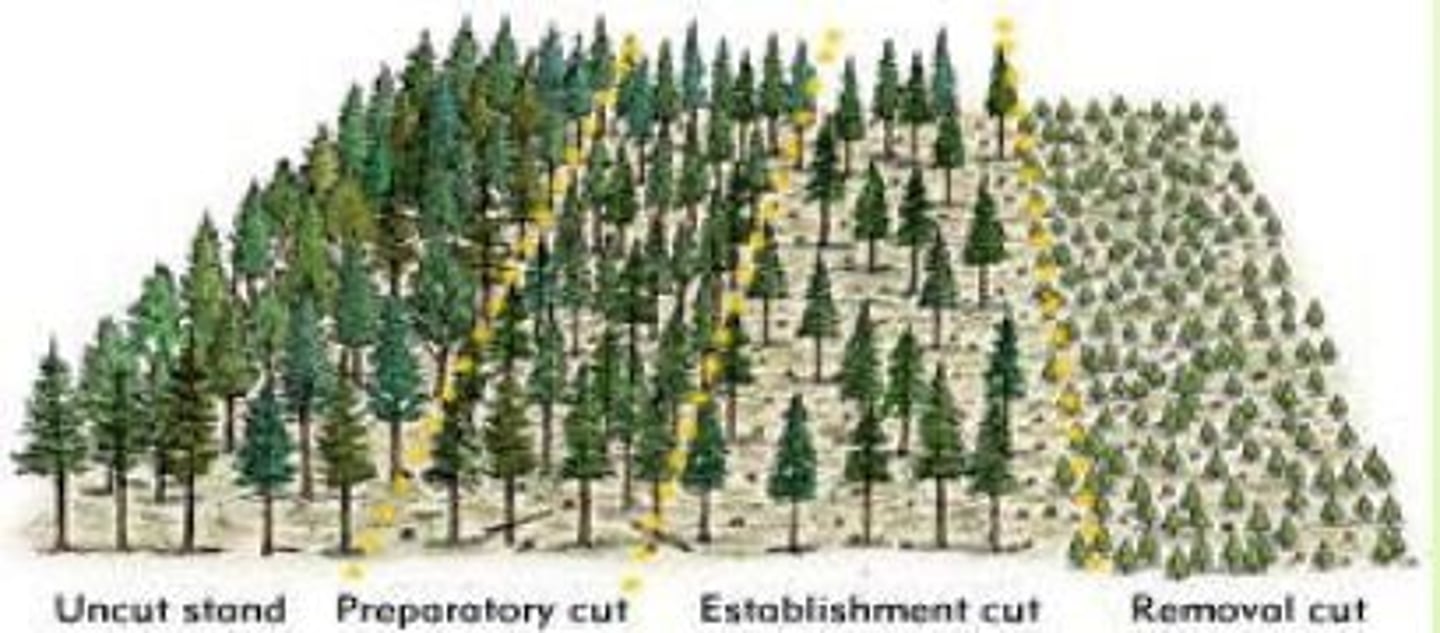
selection cutting
removal of a select group of trees
(certain age, species, size, etc)
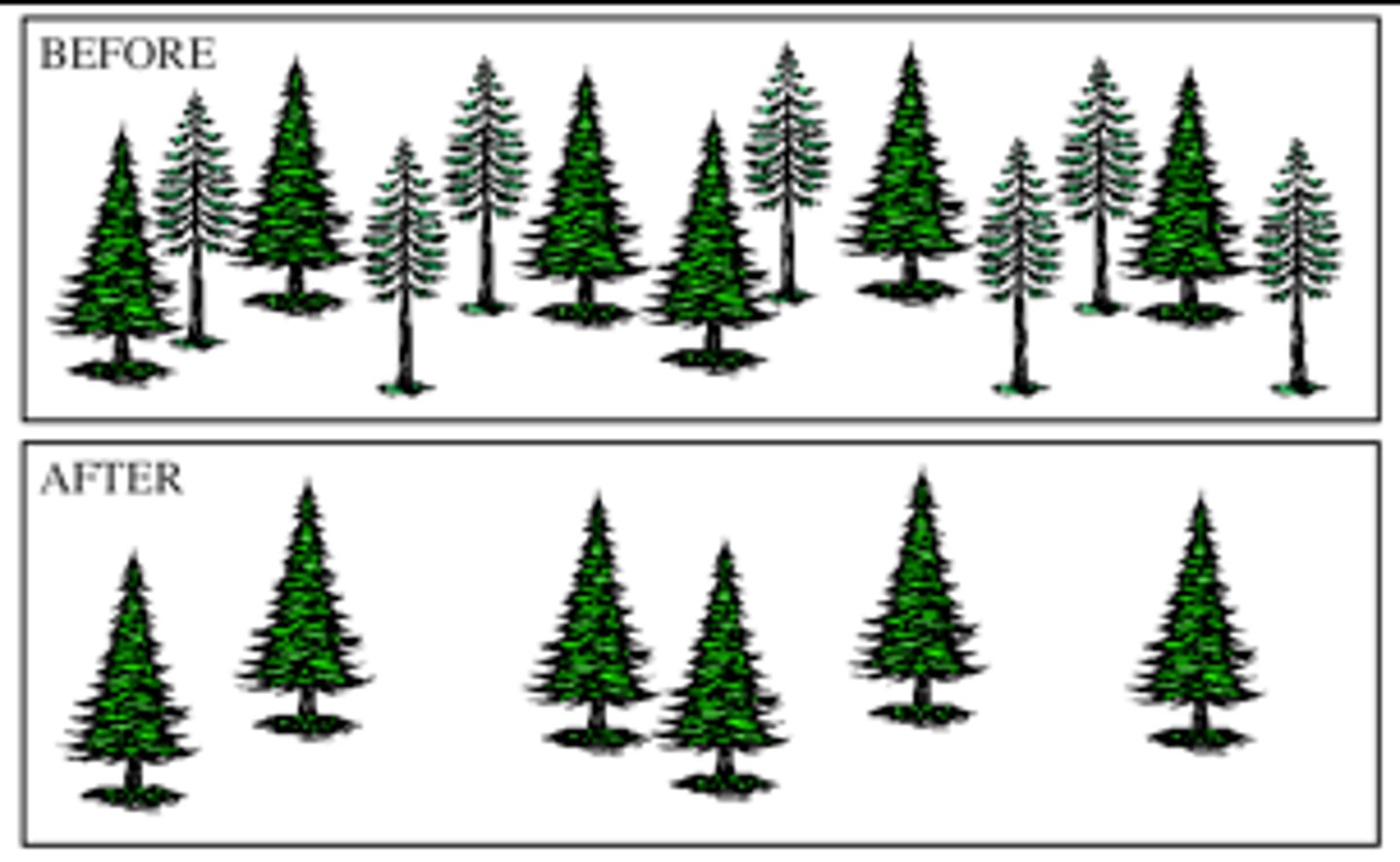
sufficient time (forage usage)
must pass after trees after trees are harvested for the forest to regenerate
sustainable yield
time must be enough to allow the forest to reach the biomass it had at the time of the previous harvest
what does rotational time depend on
depends on a number of factors
- tree species, site conditions , type of management, intended use of harvested trees
in terms of systems ecology, whats the big problem with intensive forestry?
a significant amount of nutrient (as plant biomass) is lost the forest when trees are harvested and removed
- compounded by added losses for soil erosion and preharvest management practices (fire)
Loss of nutrients
- reduce plant growth
- leads to a longer rotation period for later harvests
- reduce yield if current rotation period is maintained
how can loss of nutrients be countered
by the use of chemical fertilizers
Harvesting (nutrient loss)
nutrient loss by altering internal nutrient cycling
- tree removal increases the amount of radiation reaching the soil surface => increases decomposition of the soil organic material => nutrients leaching from the soil